












10 Day In the Life Montgomery Farmer’s Market
18 Texas Treasures
100 Years of Texas State Parks-Part 1
40 Business Focus
Lone Star Family Health Center















10 Day In the Life Montgomery Farmer’s Market
18 Texas Treasures
100 Years of Texas State Parks-Part 1
40 Business Focus
Lone Star Family Health Center

Along the Road -39
Community Calendar -48
Conundrum -46
Dear Gabby -32
From Our Readers -15
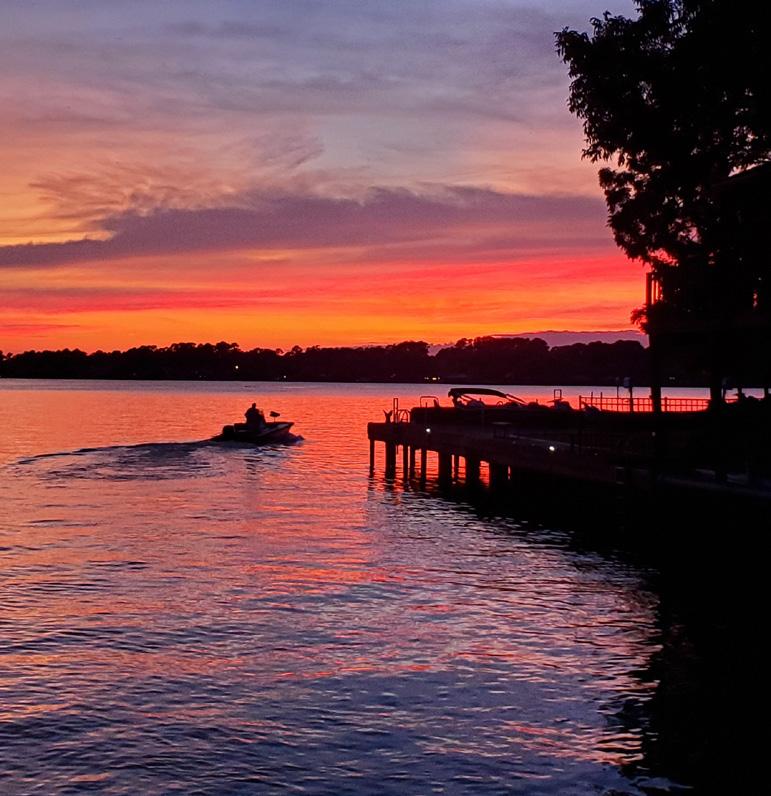
Giggles & Grins -45
Glorious Grandkids -27
Let’s Celebrate -8
Medical Matters -31
Milestones -16
Mustard Seed Moments - 50
Pet Pals -28
Publisher’s Post -6
Puzzle Solutions -30
Sudoku Marketplace -47
The Garden Post -26
What Are You Reading -30
What’s Cookin’ -35
Your trusted electric provider for over 80 years now o ers you high-speed fiber internet.
We’ve spent the last two years building a strong and reliable fiber backbone. Now, every MidSouth member has the opportunity to sign up for fiber internet.
• no contracts
• no data caps
MidSouth Fiber is bold and fast. With unlimited upload and download speeds up to 1 gig, MidSouth subscribers also enjoy: Jump on the broadband wagon and join our growing fiber community at midsouthfiber.com


At Houston Methodist Neal Cancer Center, we treat every aspect of your cancer. Leading oncologists work with our specialists across disciplines to minimize cancer’s effects on major organs. One comprehensive team — dedicated to your individual care — uses the latest research, treatments and technology to stop your cancer. From infusion and clinical trials to surgery and reconstruction, our innovative care is available in The Woodlands.
That’s the difference between practicing medicine and leading it.
936.270.3333
houstonmethodist.org/cancer-woodlands

It’s been an eventful month! As I write this column, I am envisioning cooler temperatures and pumpkins. I admit, that’s quite a stretch to imagine, even for this fall lover. I have not yet had the desire to enter a hot attic for my lovely fall decor.
And speaking of stretches - there have been an awful lot of those in my world! Immediately after we went to press last month, I had knee replacement surgery (This is where you might see someone on social media post the hashtag #iykyk). It stands for “If you know, you know”and I know a lot of you know! I’m now at post-surgery week 3 and finally convinced I will survive. One of my physical therapists thinks I’m a little dramatic…and for the life of me, I don’t know why. I only mentioned once that I thought he was trying to kill me.
I also had the pleasure of speaking to the Huntsville Newcomers Club a week ago. For those of you doing the math, that was 2 weeks post-surgery. I may or may not have been on some serious medication…depends on what you hear I may have said!
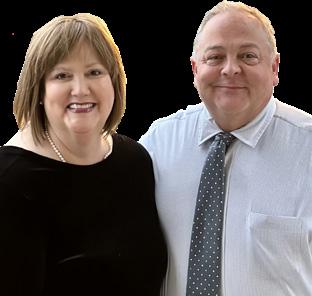
And speaking of what you hear…my brother texted me from Abilene this morning after he saw a story regarding the latest alligator incident at Huntsville State Park. One of the reptile residents decided to investigate a group of Girl Scouts a little too closely. I think HE heard there may have some Thin Mint Cookies on hand. This gator was reportedly around 14 feet long, but I’m fairly certain they were unable to determine…at a distance…in the water…whether it was male or female. In spite of that, the Girl Scouts apparently named it “Karen.”

Now, I am starting to get a little tired of this Karen stuff. Those who know me well know I may ask to “speak to the manager” when I deem it necessary, but I am always calm and reasonable…unless I am on serious medication…or being stalked by an alligator.
But seriously people…at this rate, I’ll be fortunate to have a great, great, great-granddaughter named after me! Let’s pick a new name, okay? Because I really do not want to have to “go all Karen” on you!
Enjoy the fall and enjoy a laugh--even if it is at a dramatic friend’s expense. I bet they’ve had plenty of practice laughing at themself. #iykyk ��
We reserve the right to edit or reject any material submitted. The publisher assumes no responsibility for the return of any unsolicited material. No material from Postcards Magazine™ can be copied, faxed, electronically, or otherwise used without express written permission. Publication of articles, advertisements or product information does not constitute endorsement or approval by Postcards Magazine™ and/or its publisher. Business Focus stories printed in Postcards Magazine™ are drawn at random from contract advertisers.
reserved.

Later gator, ~ Karen










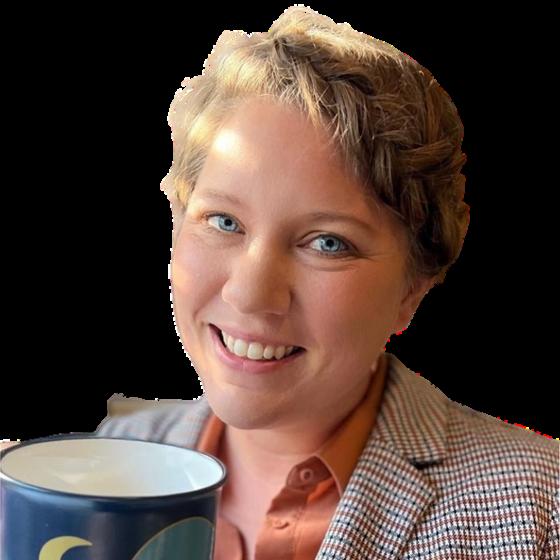
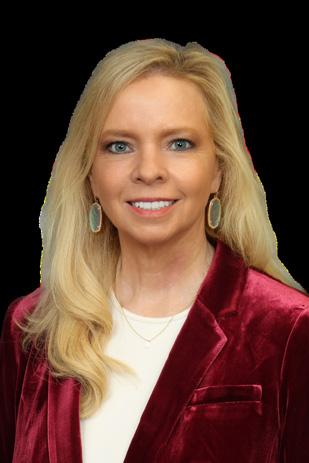


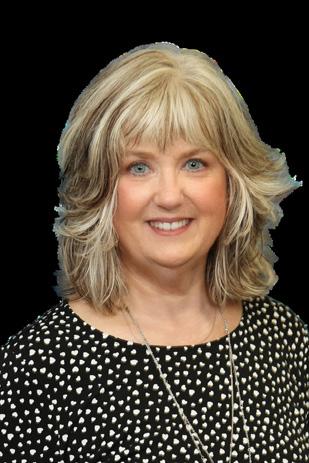


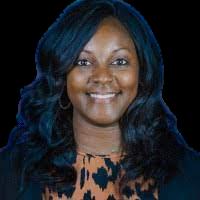
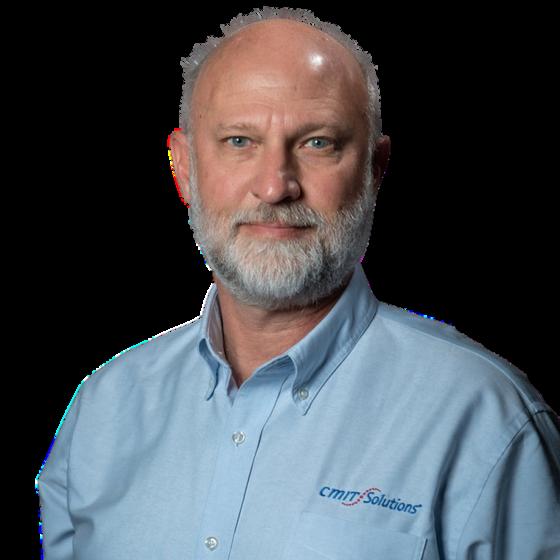
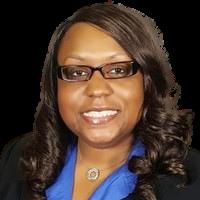
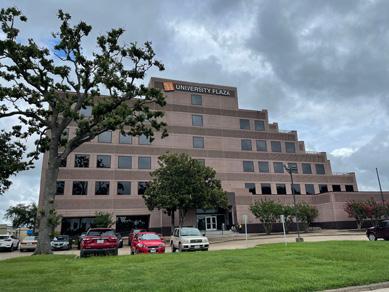
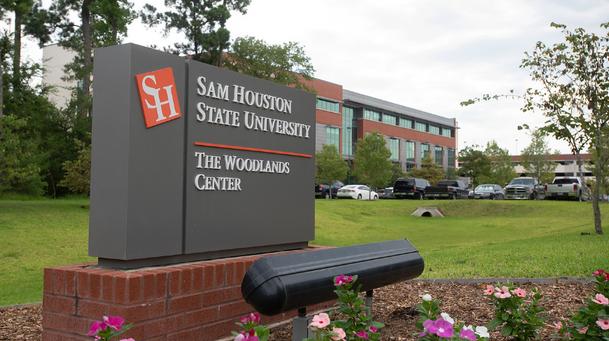
It’s a warm, breezy morning—a perfect day for the Montgomery Farmers Market, which is held on Saturdays at Lake Conroe/North Houston
KOA Holiday, east of downtown Montgomery. The Postcards team arrives at the market site just as the advance crew is beginning to set up for the day.
 Story by Ruth Fields
Story by Ruth Fields
How a seed of an idea grew into a harvest of delights in Montgomery.
Joshua Reed, owner of Montgomery Farmers Market, arrives. One of his helpers begins placing inverted buckets, each with a large number painted on the side, at intervals. We quickly deduce that the buckets will tell vendors where to place their booths, and that the market is expecting 22 vendors today.

Using his feet as a ruler, Joshua begins stepping off 13 feet between each bucket. About 30 vendors actively sell their products at Montgomery Farmers Market, he explains, but not every vendor is available every Saturday.
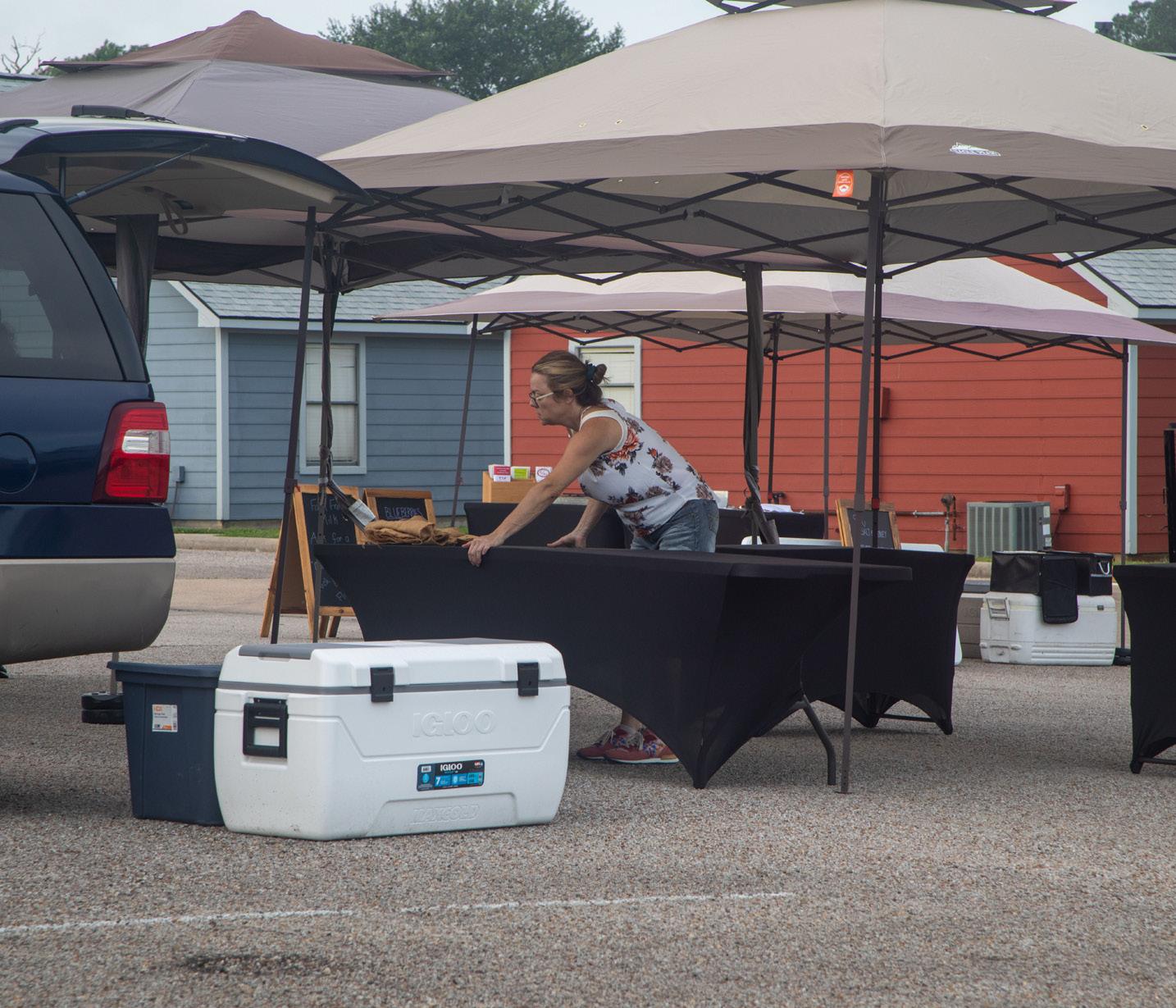
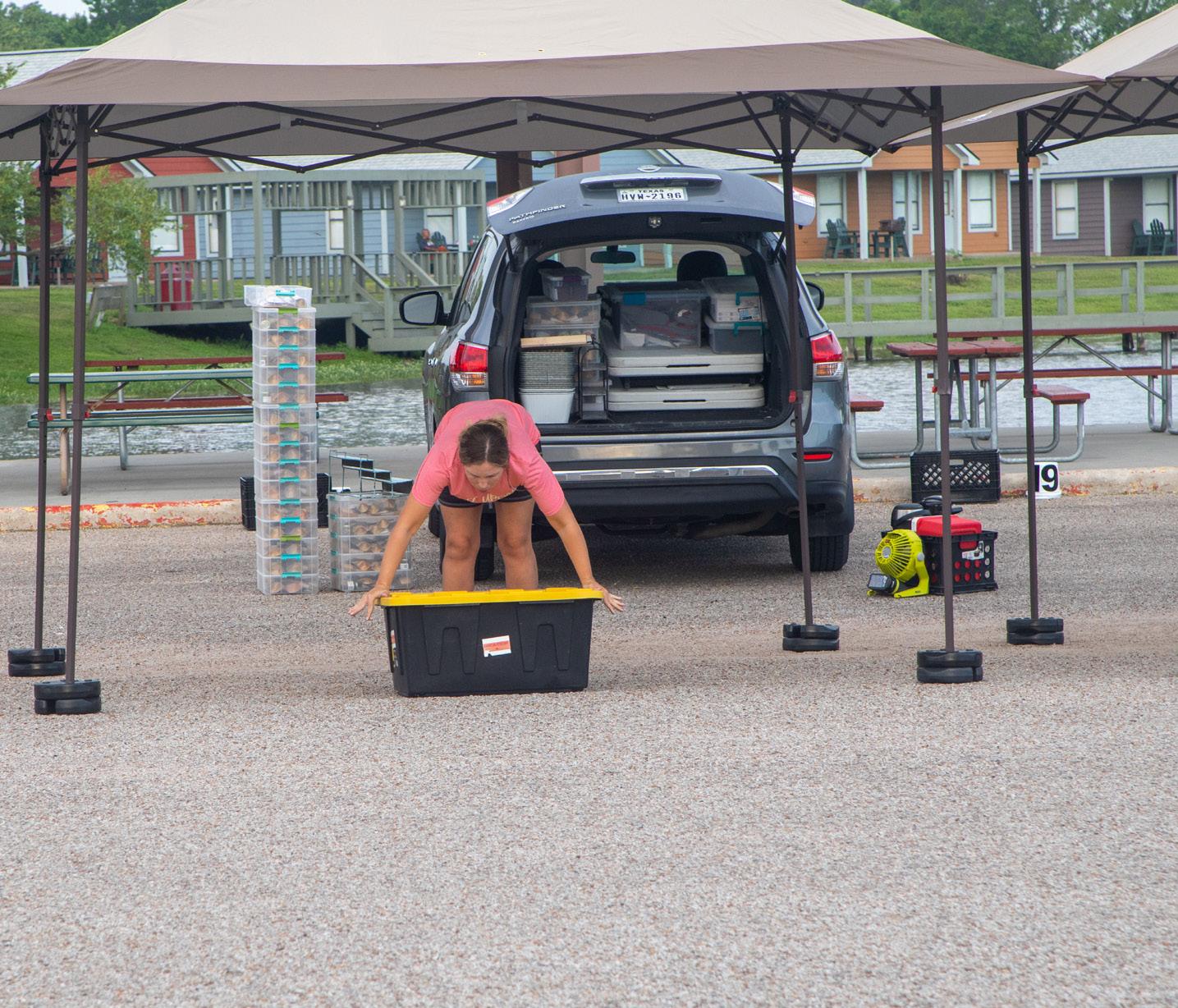
The market was the brainchild of Joshua’s father, Dr. Tom Reed, a foot and ankle surgeon, and his friend and neighbor, Philip LeFevre. “They were chatting about how fast Montgomery is growing,” Joshua says, “but we didn’t really have a weekly farmers market that is food focused. Neither one of them had the time to set that up, and so my dad came to me and said, ‘We’ve got this idea. Would you want to take it on?’” Joshua had previously worked as a restaurant manager, but the pandemic had caused a temporary shutdown, and Joshua thought a farmers market sounded like a great career opportunity.
Joshua’s parents own The Sanctuary Blueberry Farm and have been involved in natural health education for decades--and Joshua, following in their proverbial footsteps, envisioned a market that would supply organically produced agricultural products. “We wanted to make it a place where people could come and trust that the food that they were going to get would be one hundred percent pure, clean from any chemicals that would damage their health,” he says.
Joshua spent the summer of 2021 learning how to set up a farmers market, and by fall, he had established a network of 21 potential vendors. “We visited other farmers markets,” he says, “and we were able to connect with a lot of farmers through The Sanctuary Blueberry Farm.” After an organizational meeting in September, the first Montgomery Farmers Market was held on October 16, 2021, and about a thousand people attended. “We had 11 vendors, and they were all sold out within 30 minutes,” Joshua says.
is a mineral-dense farm that uses organic farming methods, Patrick says. “God put all our vitamins in the soil,” he says; because soil has become depleted, he and Rachel put trace minerals back into the soil at their farm. They also sell handmade goat milk soap and cage-free eggs. They do not feed their chickens feed made from soy, corn, or genetically-modified organisms (GMOs).
7:35
As vendors arrive for today’s market, they begin to assemble pop-up canopies. They seem to know the drill, and the canopies go up easily.
7:50

Patrick Turo, proprietor of Twisted T Farms, is setting up his booth. “I love old growth trees,” he says. “When I was in eighth grade, I said if I was ever going to have a farm, it would be Twisted T.” Patrick and his wife Rachel both majored in agricultural business at Sam Houston State University. For their wedding 11 years ago, they made 400 quarter pints of strawberry-blueberry-peach jam. Today, this “wedding blend” is their biggest seller. They also offer apple, lemon drop, grape, and tart cherry jellies, as well as produce: eggplants, green beans, peppers, cucumbers and garlic, all grown at their farm near Willis. It
Stephanie Walker of River V Growers is moving some beautiful tomatoes, okra, potatoes, and other vegetables from her truck. She likes to say that her business offers “protein and produce,” as she sells pork and lamb in addition to her vegetables. “It’s organic, sustainable, and grass-fed,” she says. Her daughter Addison grows and sells flowers. Stephanie’s farm is at Point Blank, near Livingston, but she is a graduate
of Montgomery High School, so she likes to come to Montgomery Farmers Market, where friends and family support her business. She typically sells out about an hour before the market closes for the day. “People ask me, ‘What time should I be here next time?’” Stephanie says.
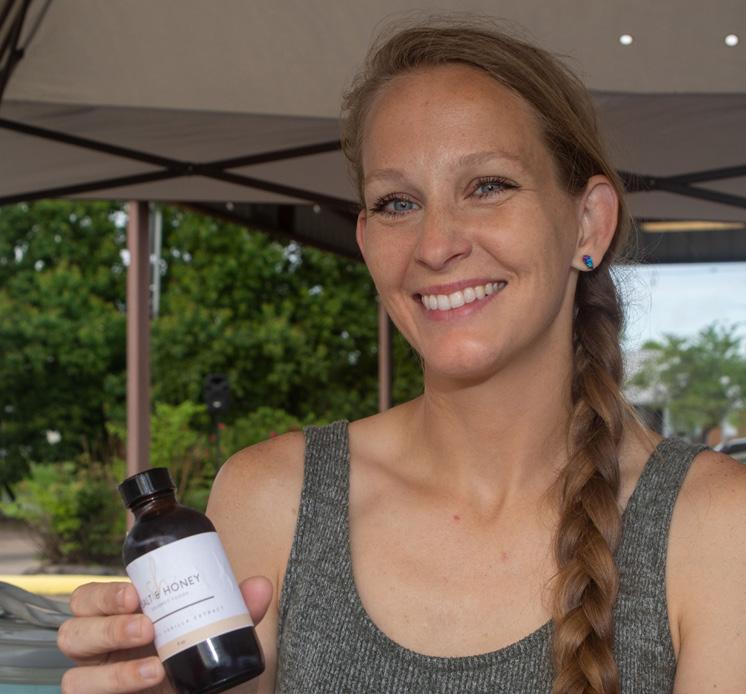
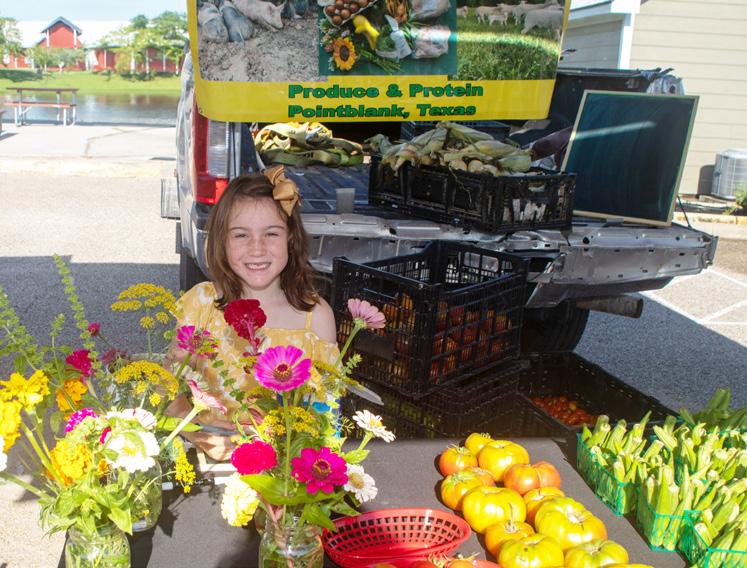
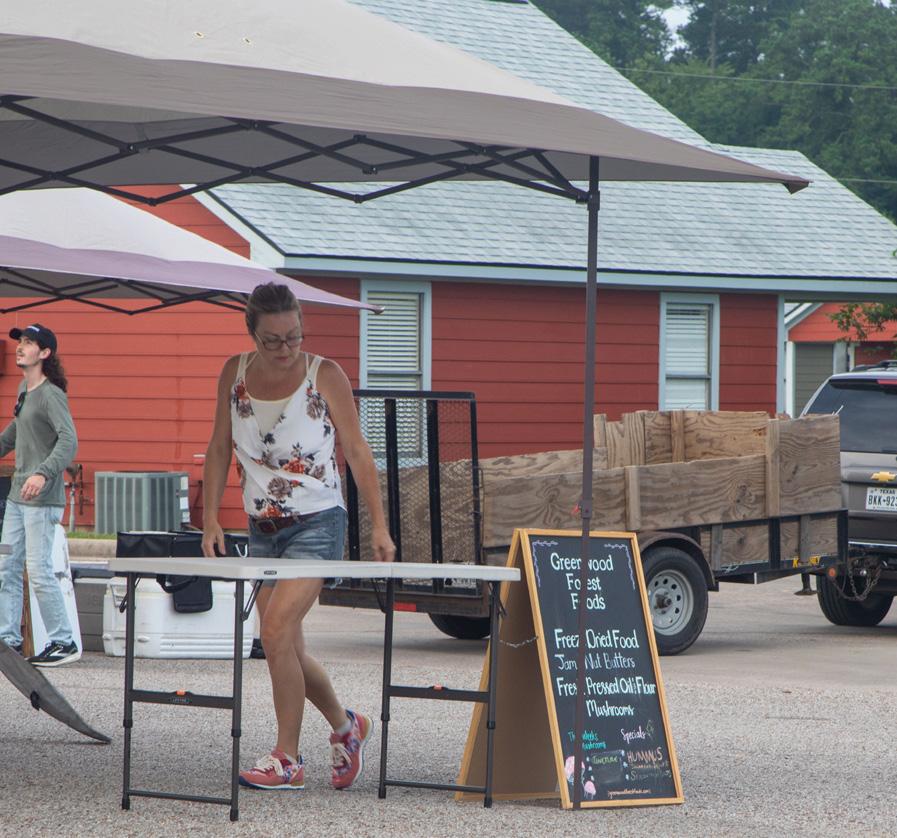
While many vendors are setting up their booths, we find a moment to chat with Jordan and Ashley Fleming, proprietors of Salt & Honey. Although the selection varies from week to week, Ashley has made cinnamon scones and blueberry scones for today’s market. She also makes honey-sweetened peanut butter cookies—made with freshlyground peanut butter from another market vendor—as well as chocolate chip cookies. Salt & Honey’s vanilla is popular with customers. It is made with vodka and vanilla
beans from Madagascar and is brewed for nine months. It has vanilla beans in each bottle, “so it continues to extract vanilla even after you buy it,” Ashley says. She suggests using the beans to make vanilla-flavored sugar after the extract is gone.

We stop by Hummingbird Bakery’s booth and speak with Sylina Strong, who, along with daughters Sara, Juliana and Octavia, bake sourdough bread, using the same starter they’ve used for five years. Today, the family bakers are also selling sourdough muffins made with blueberries from The Sanctuary Blueberry Farm. “People love our bread. It’s really wonderful how much they like it,” Sylina says. “We even have a couple of San Francisco transplants, and they are some of our regulars.”
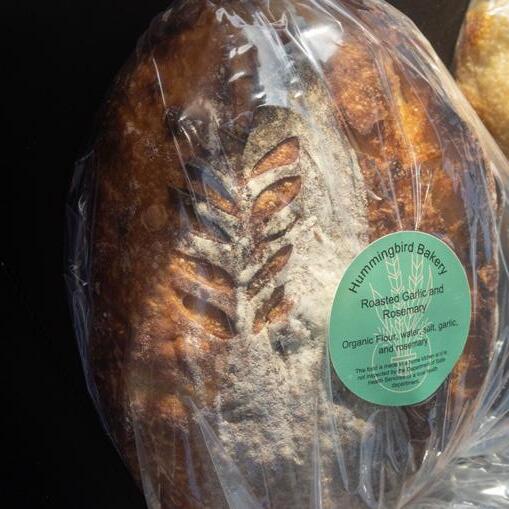
8:40
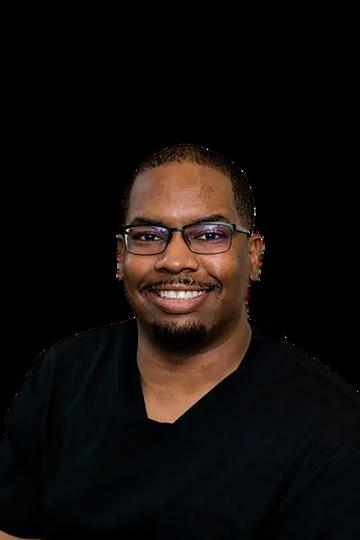
It’s almost time for the market to open, but we find a few moments to chat with Jeannene Hall, who operates Kristian Bougie’s Hydroponic Garden with her husband Kristian. The business offers micro greens, sprouts, and hydroponic lettuce. Its bestsellers are broccoli sprouts and spicy salad mix, and arugula, kohlrabi, and pea sprouts are also offered. “People munch
on the pea sprouts. They’re just that good,” Jeannene says, and suggests tossing the spicy salad mix on breakfast tacos. “Sprouts are 40 percent more nutritious than their adult counterparts,” she says. She likes to make “adult grilled cheese” with items available at the market: sourdough bread and goat cheese, sprinkled with sprouts.
More businesses have set up for the day, including Pop Notch Popcorn, Pizza by the Crust, The Jersey Barnyard, Lost Pines Coffee Company, Angie’s Gardens, Hive Bee
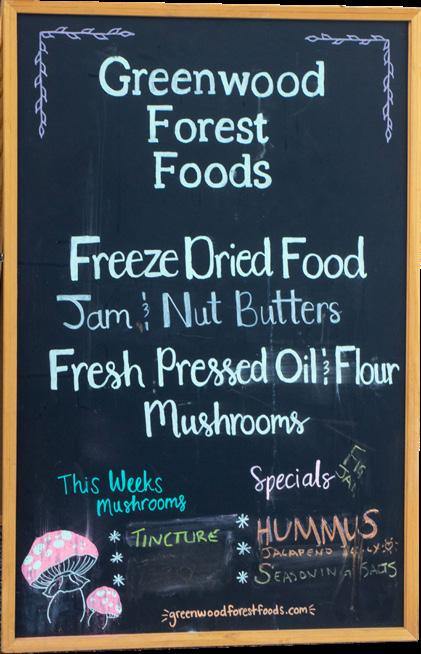
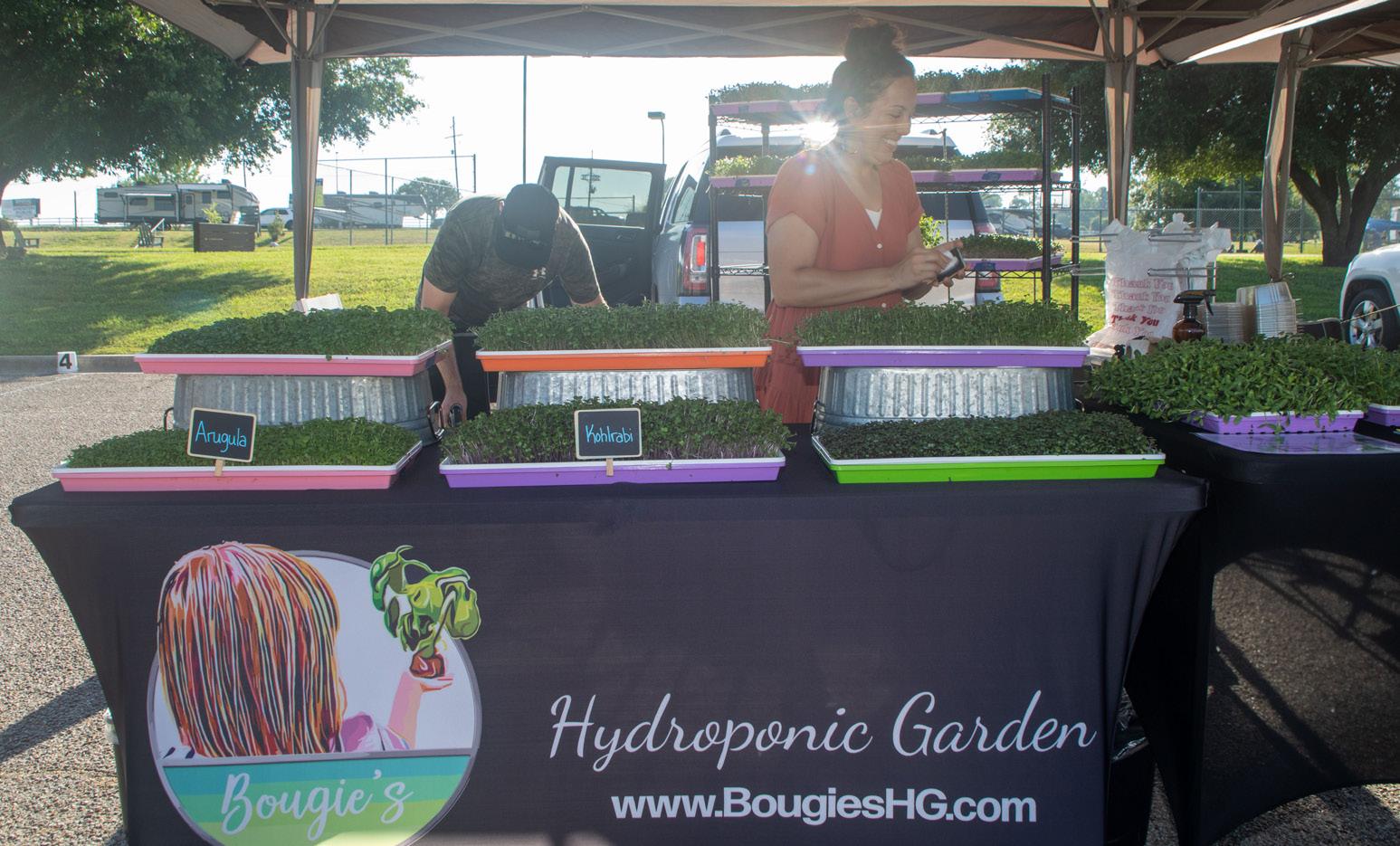
Rachel Paulding, with help from her daughter Abigail, serves their first customer—a vendor from an adjacent booth. Their business, Bumble Pop, offers honeysweetened popsicles at markets during the warm months. Rachel explains that she uses mild honey so that the other natural flavors in the popsicles— mango, watermelon mint, blueberry lemon, blackberry lime, strawberry lemonade and citrus lemonade—aren’t overwhelmed.
are committed

listening to your concerns and viding you with the best options for your comfort.

8:55 a.m. –
We chat with Steve Nelson of Nelson Farms, who, in addition to raising grass-fed lamb, is a cornerback with the Houston Texans. He is attending his first Montgomery Farmers Market today. “We bring a quality product to the community,” he says. “We spend a lot of time and effort in our farming practices. We believe in it.”
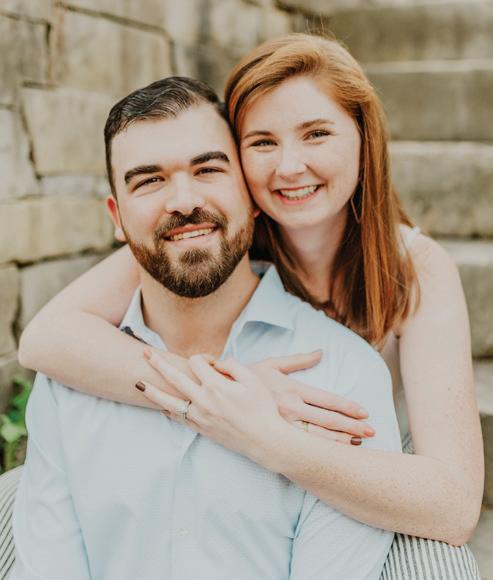
9:00 a.m. –



As customers begin to trickle in, we notice that

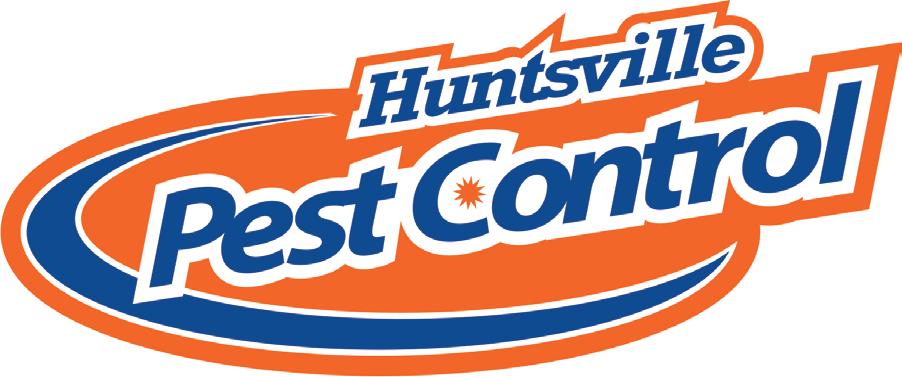
while we’ve been chatting (and shopping), other vendors have arrived, including Breezy Hill, Efflorescent Elixirs, Carmelita’s Homemade Tamales, Zo-Zo Fresh Juice, and Jardin Botanico. In addition, A Better Way Beef is here today, because it is one of the rare Saturdays that The Serenity Homestead is not in attendance. “When they are unable to attend, A Better Way Beef steps in so that customers always have access to clean, local beef,” Joshua explains. The Serenity Homestead has been a regular at the market since its early days, selling raw local honey, eggs and seasonings produced in New Waverly and grass-fed, grass-finished beef that is raised on the ranch of a family friend in East Texas. In addition, The Serenity Homestead now sells freeze-dried foods. Joshua also notes that customers can order online and pick up raw milk from The Jersey Barnyard every week, as well as raw goat milk from Superior Farms Willis every other week. Raw milk must legally be ordered directly from the farm, either in person or online, Joshua says; however, goat milk products, such as cheese, are available for purchase at the market.
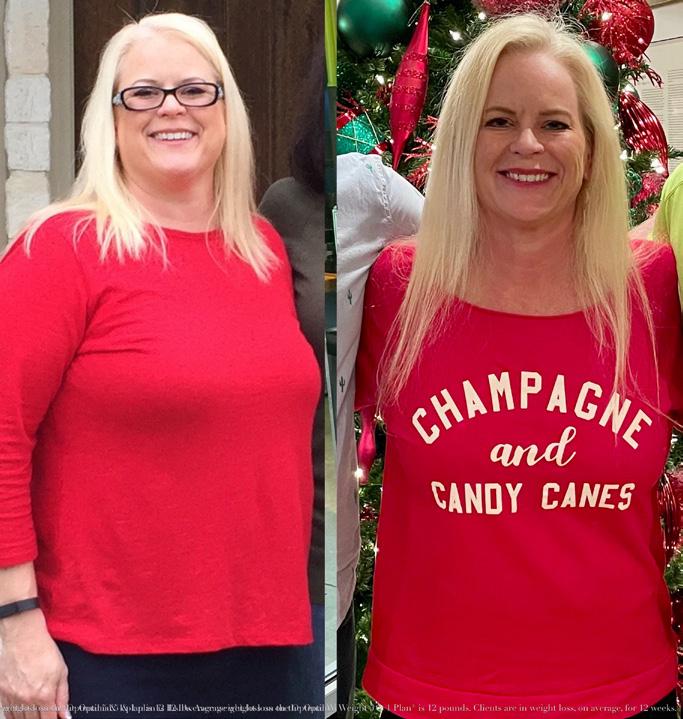
The crowd of customers at the market has grown, and the parking lot is nearly full. The sound system, which has been playing a mix of oldies, is playing “Heard it from the Grapevine,” an apt selection, considering the fact that many customers heard of the market through the proverbial grapevine.
The Postcards team, wanting to give the vendors time to interact with their customers, leaves the market with notepads, pencils, camera equipment (and a few purchases, too).
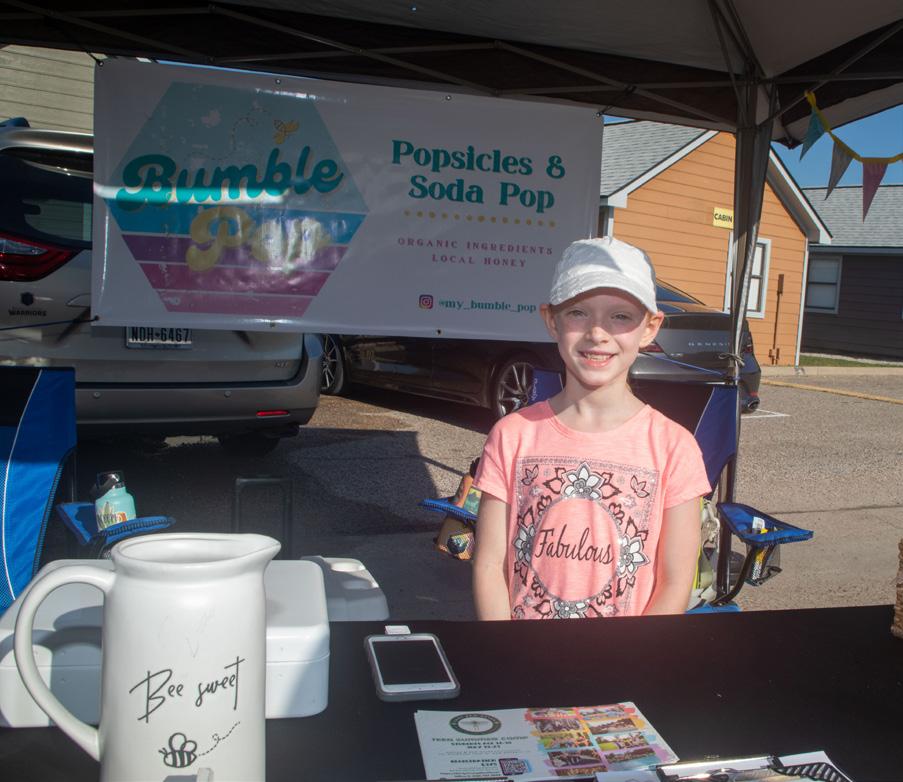
Montgomery Farmers Market is open every Saturday throughout the year except for those immediately following Thanksgiving and Christmas (or on Christmas Day when it falls on a Saturday). For more information, visit montgomeryfarmersmarket.com.

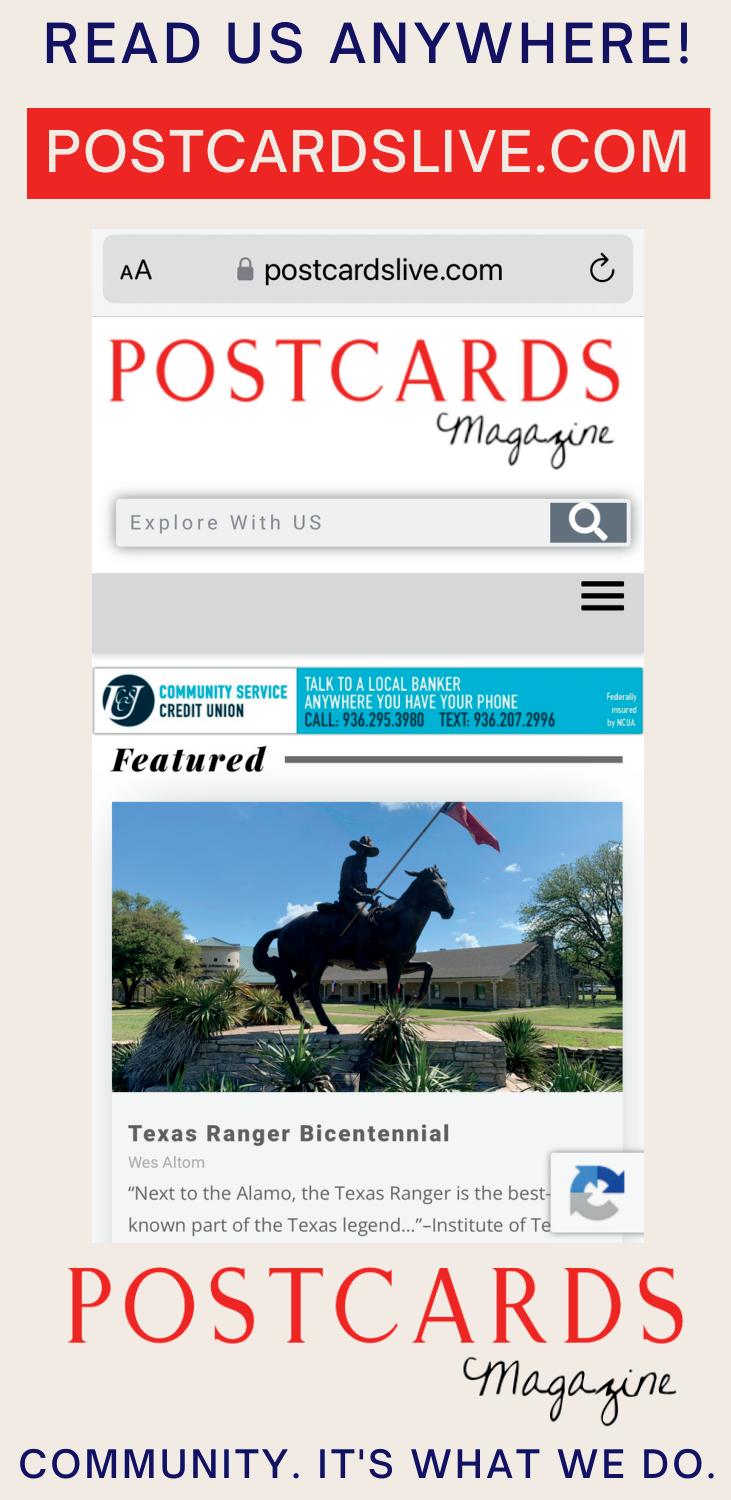
Love your magazine, but...the Zucchini Corn Fritters recipe August 2023 should come with a WARNING. When I turned the fritter over in the oil, hot grease started popping for an extended time, splattering my arms and face. I guess the zucchini was much too wet inside. Might be advisable for folks to press moisture out of it before cooking.
Ann BaroshEditors note: Wise words. Please always use caution with hot oil.
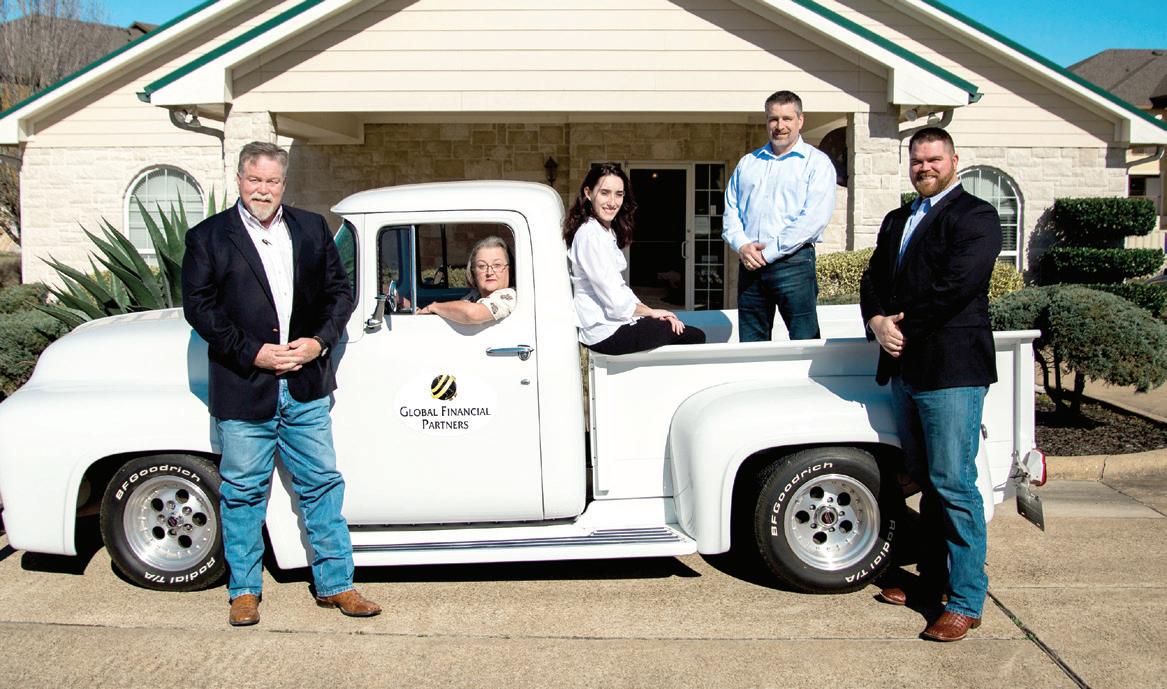
The CFP® designation stands for Certified Financial Planner™ and working with one is a helpful step in planning for your future. Advisors that hold these marks meet rigorous education and examination requirements and are held to the highest ethical and professional standards.
To start, the CFP Board requires all advisors looking to attain the marks to have a bachelor’s degree (or higher) in any discipline to become certified. This is coupled with thousands of hours of real experience in the investment and planning business. The additional education and following examination cover seven major areas in financial planning: Investment Planning, Tax Planning, Retirement Planning, Estate Planning, Insurance Planning, Financial Management, and Education Planning.
After passing the strenuous 6-hour exam, and for the final step of the certification, CFP® practitioners must satisfy the CFP Board’s Fitness Standards and agree to abide by a strict code of professional conduct, that sets forth their ethical responsibility to the public, client, and employees. The CFP Board also performs a background check during this process, and each individual must disclose any criminal history, personal financial history and any regulatory or civil proceedings.
CFP® professionals must complete continuing education coursework, including a CFP Board approved ethics course, to ensure their continued competence in financial planning.
It is important to understand how CFP® professionals deliver their services and how they are compensated. Planners are compensated for the services they provide in different ways. Some are paid through commissions and others through fees or a combination of both. While all CFP® practitioners are trained to provide you with comprehensive financial planning services, some specialize in one or more areas, or work with specific type of clients. Be sure to ask the planner how he or she is paid.
We, at Global Financial Partners, would love to help you better understand your current financial situation and develop a plan to move you towards your goal. We believe so strongly in the CFP® designation that all our advisors are Certified Financial Planner™ professionals. Whether you are years away from retirement, or already enjoying your golden years, we can help provide a clear plan to “Enjoy More, Worry Less”.


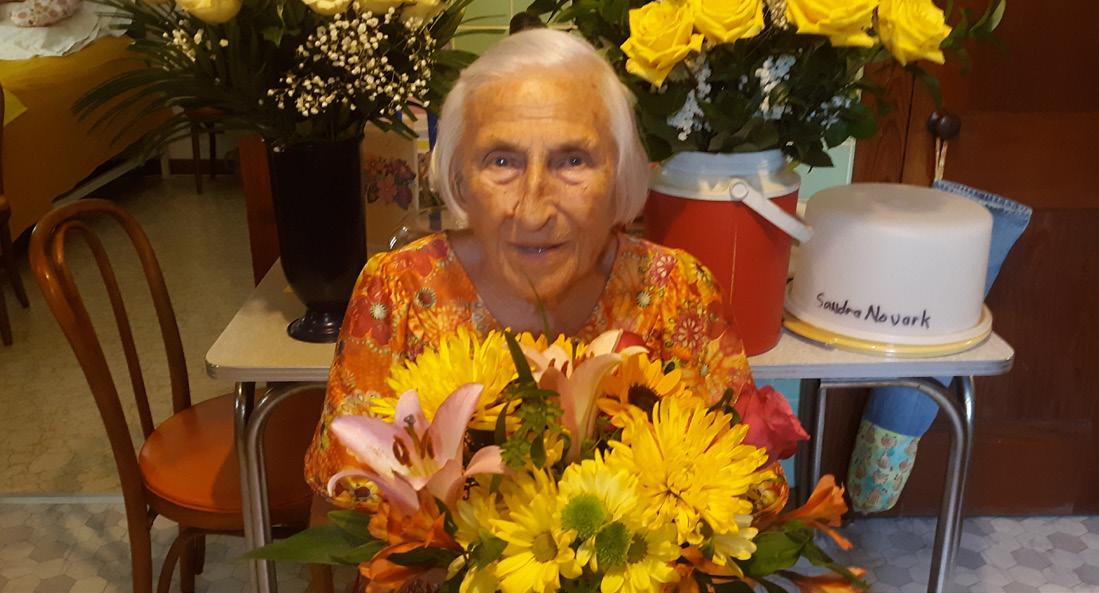

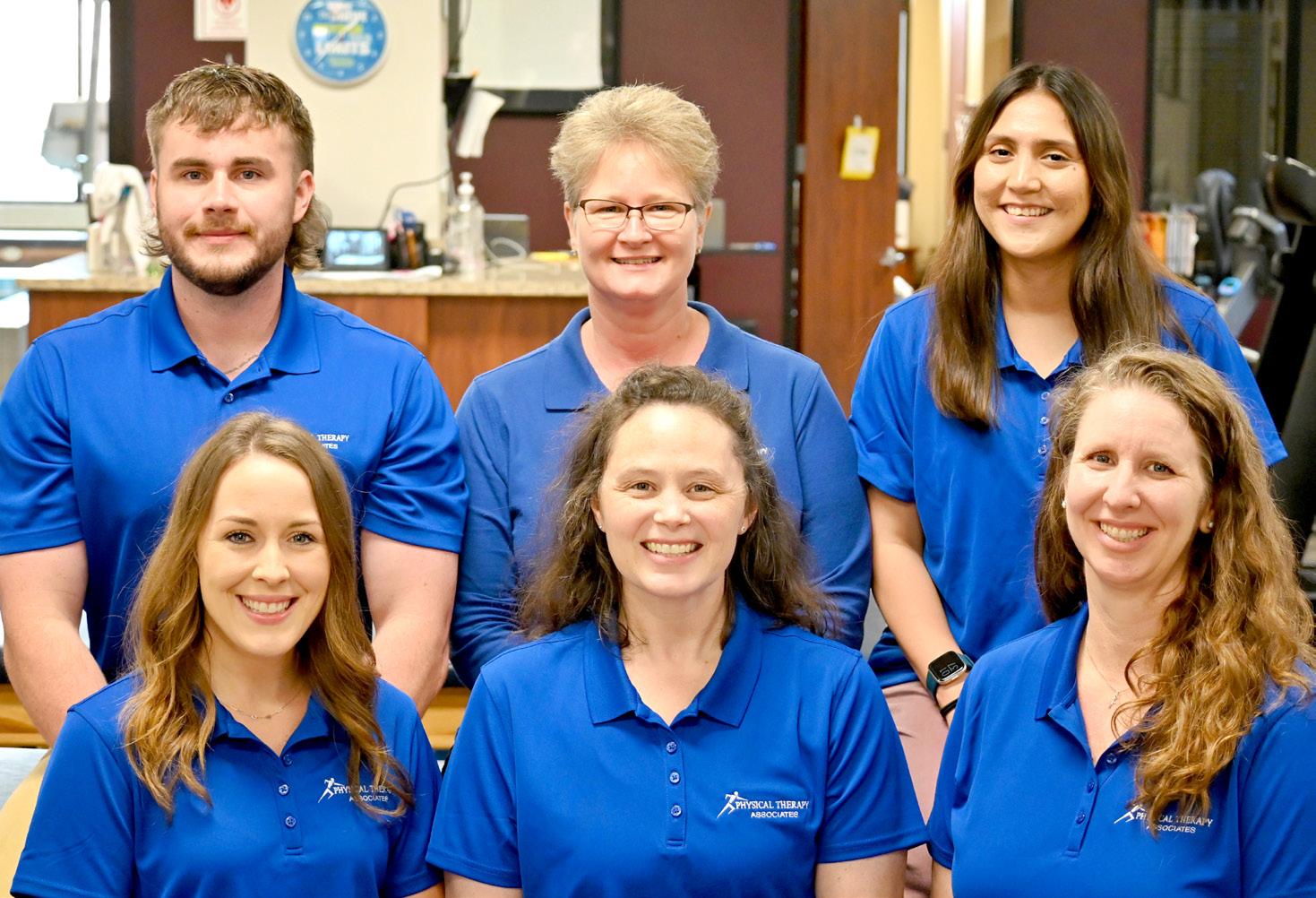
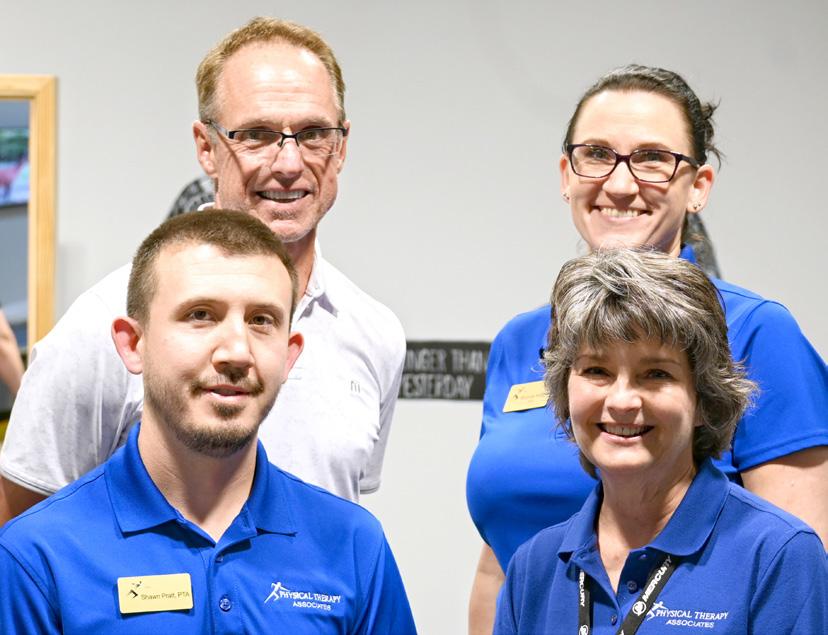

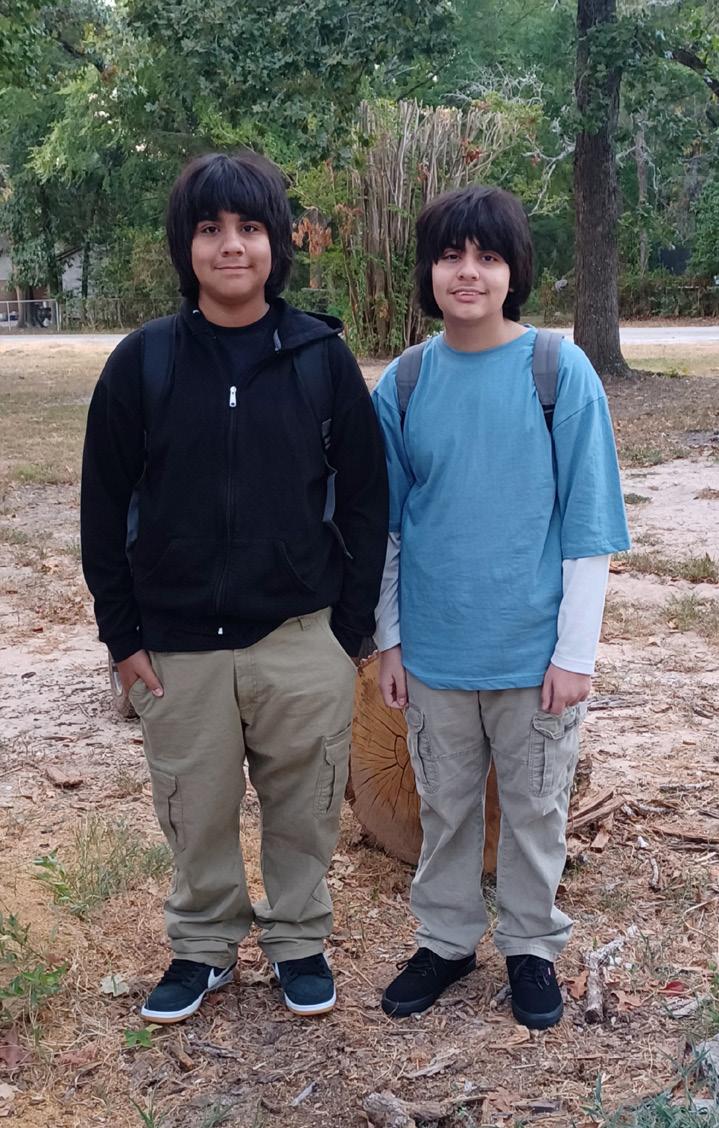
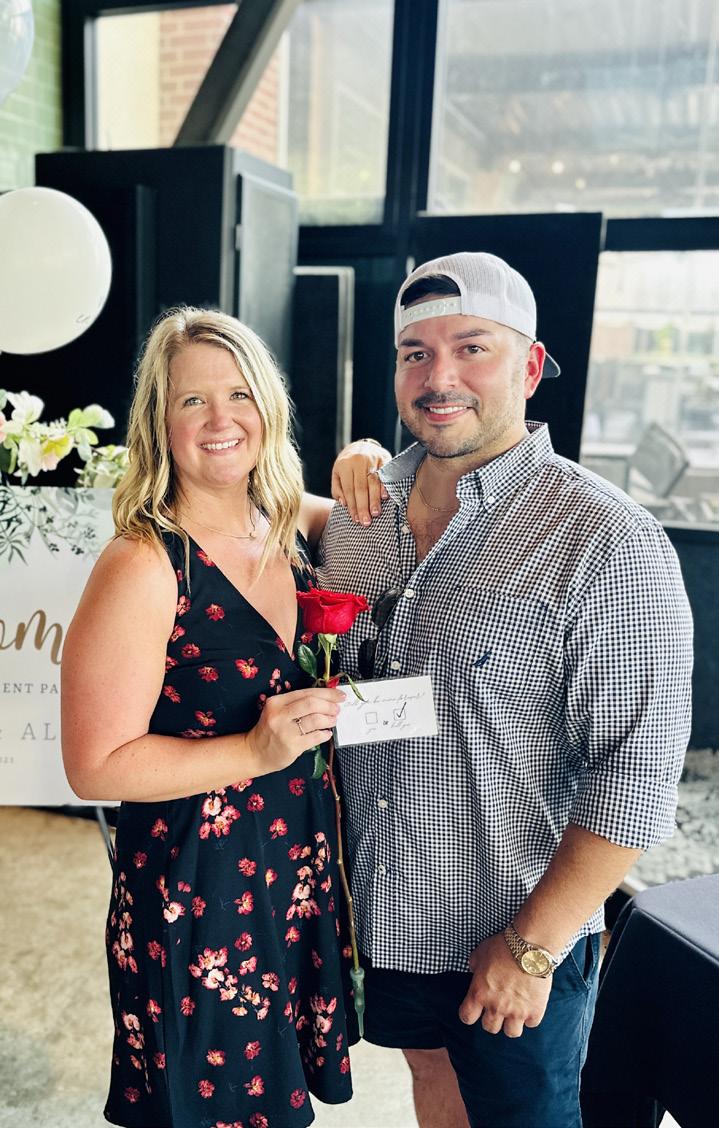
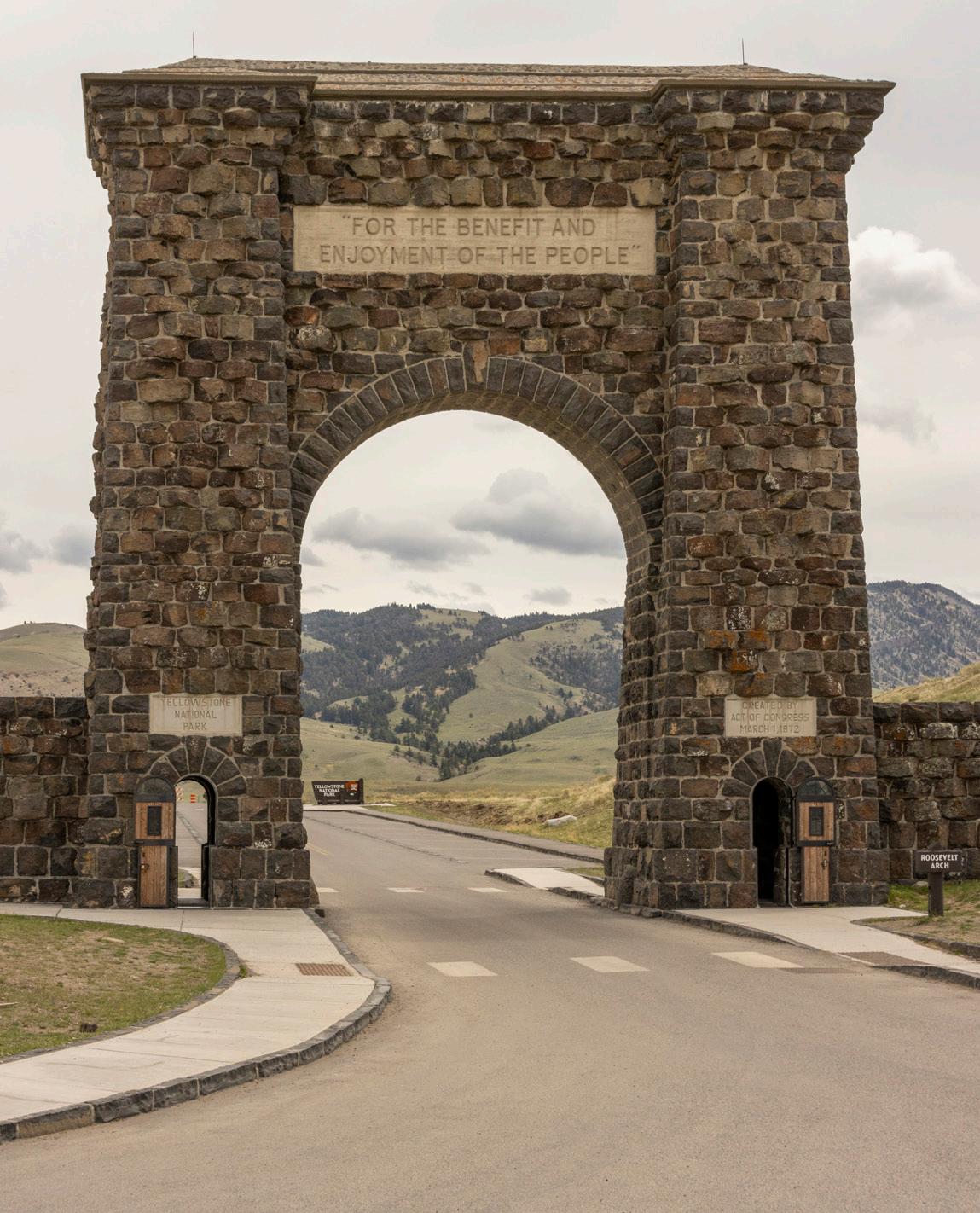
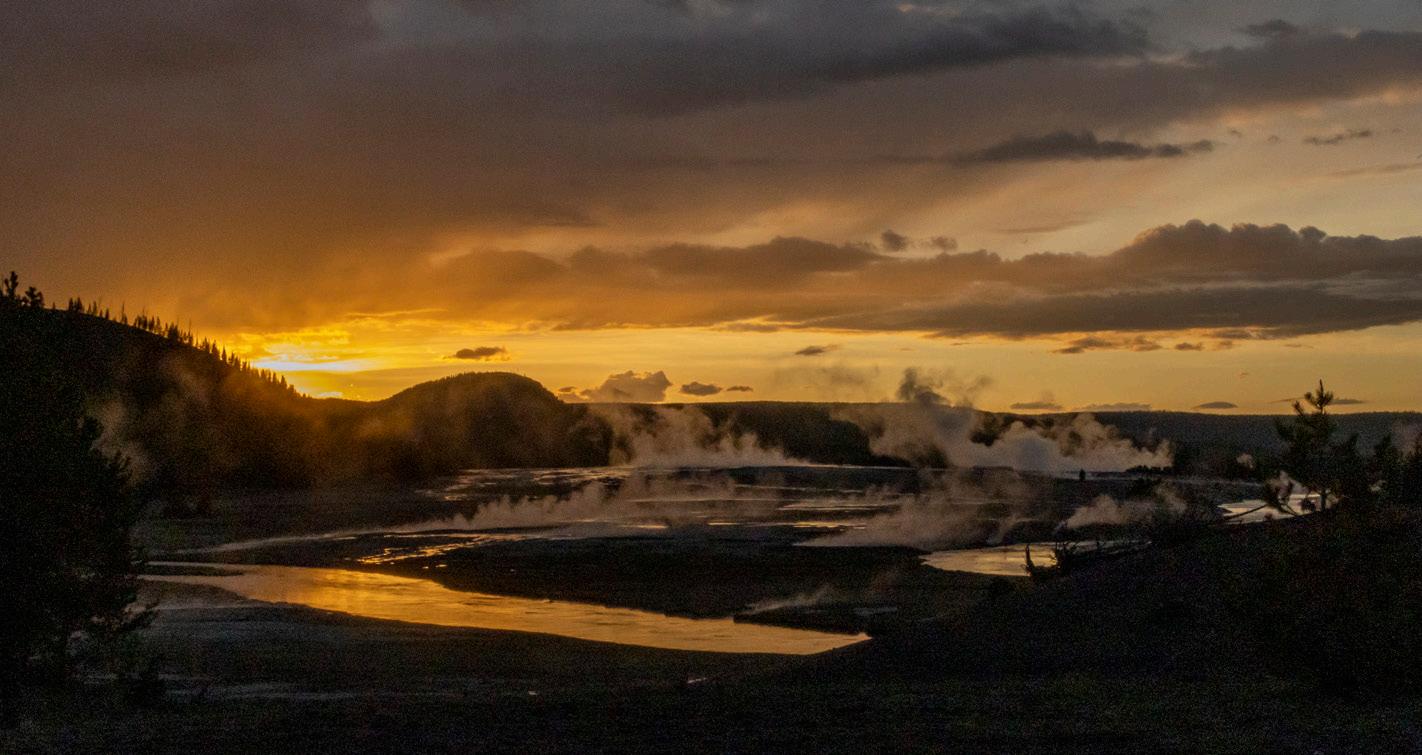
Sam Houston may have written that “Texas is the finest portion of the globe that has ever blessed my vision,” but Texans were slow to embrace and preserve the natural beauty that so impressed Houston. It was not until 1923 that Texas created a true state park system, and even then, government leaders have been hesitant to provide adequate funding. Much progress has been made in this regard, and today—in the state park system’s centenary—the system can boast more than 800,000 acres of preserved land, within which every Texan can experience the state’s diverse regions, natural beauty, rich history, marvelous and sometimes eccentric wildlife, and unique geologic features.

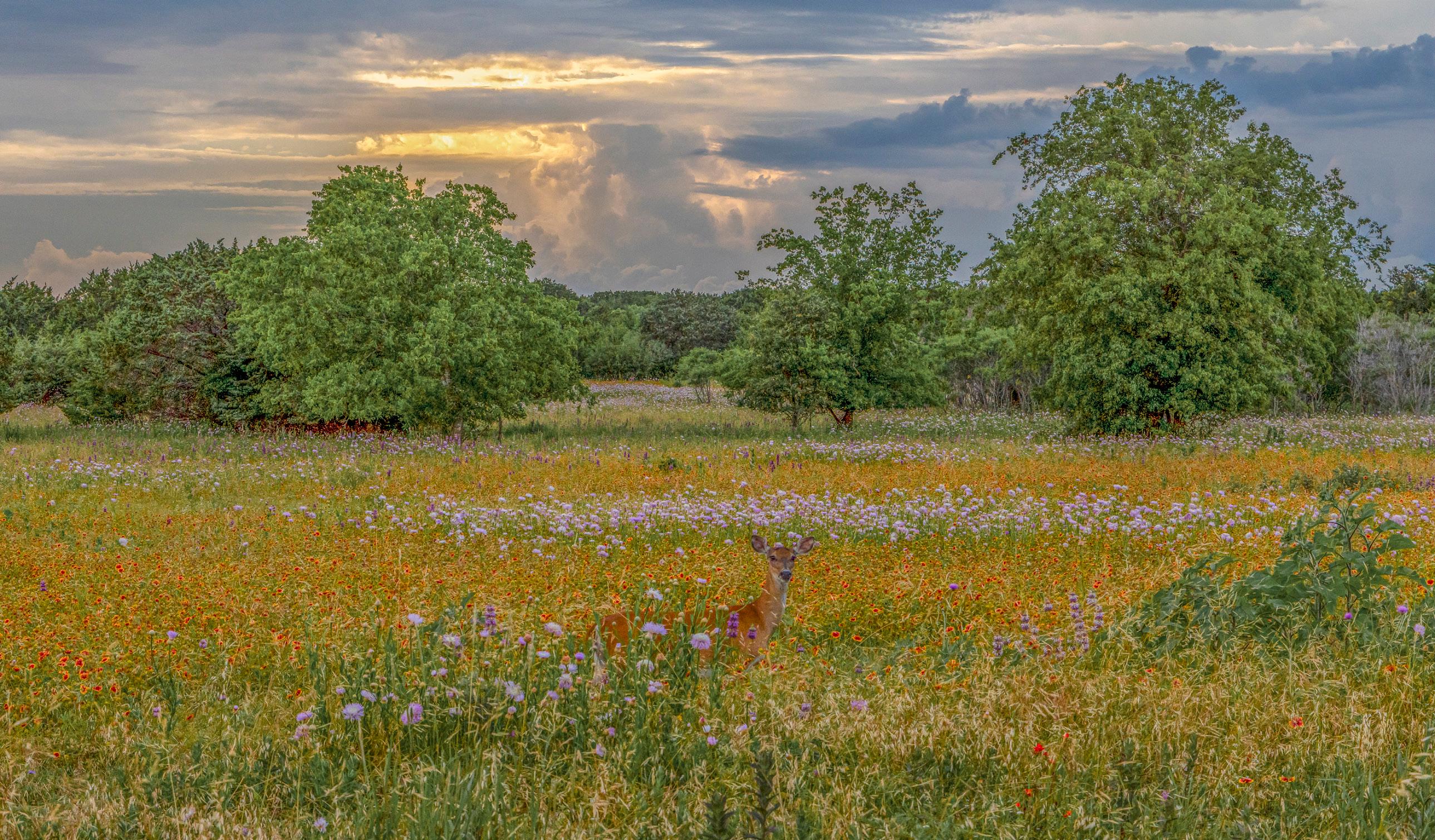
The concept of a state park system did not come easily to Texans. For the most part, citizens of the Lone Star State are averse to the idea of public regulation, public management, or public ownership, so the notion of setting aside public lands for the common good wasn’t an easy sell. And when the idea did come, it did so in fits and starts, always beset by challenges.
By the end of the 19th century, however, national trends, at least, were favorable. A nostalgia for a pre-industrial America was emerging as the country’s western frontier was closing. Yellowstone was established as a National Park in 1872, the first such designation in the country—and the world. Yosemite, Sequoia, and Mount Rainier followed, all in the 19th century. Theodore Roosevelt employed the “Antiquities Act” to expand preservation efforts, and in 1916, the National Park System was created. “National Parks,” Wallace Stegner noted, “are the best idea we ever had.”
In Texas, this trend manifested itself in greater support for historical sites rather than in a simple regard for the preservation of nature. In 1891, the Daughters of the Republic of Texas (DRT) was formed, in part, to preserve historical sites. In 1897, the legislature allocated $10,000 for the purchase of the San Jacinto Battlefield—where General Sam Houston won Texas’ independence as a nation—and it became the first “park” owned by the State of Texas. Similar efforts were made to preserve the Alamo,

Art
64TH ANNUAL FACULTY EXHIBITION
Sept. 5 – Oct. 7

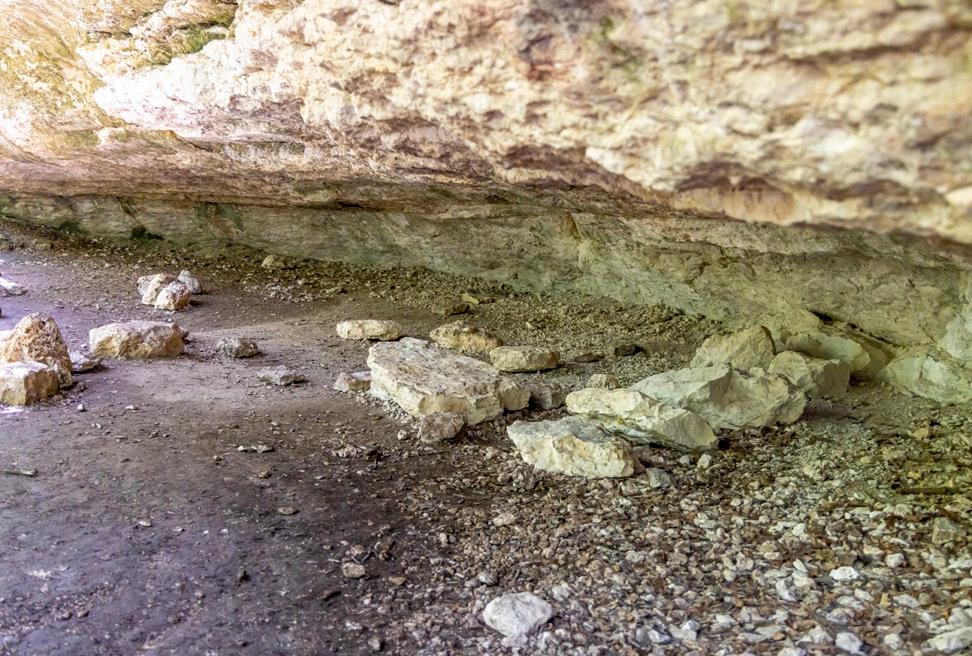
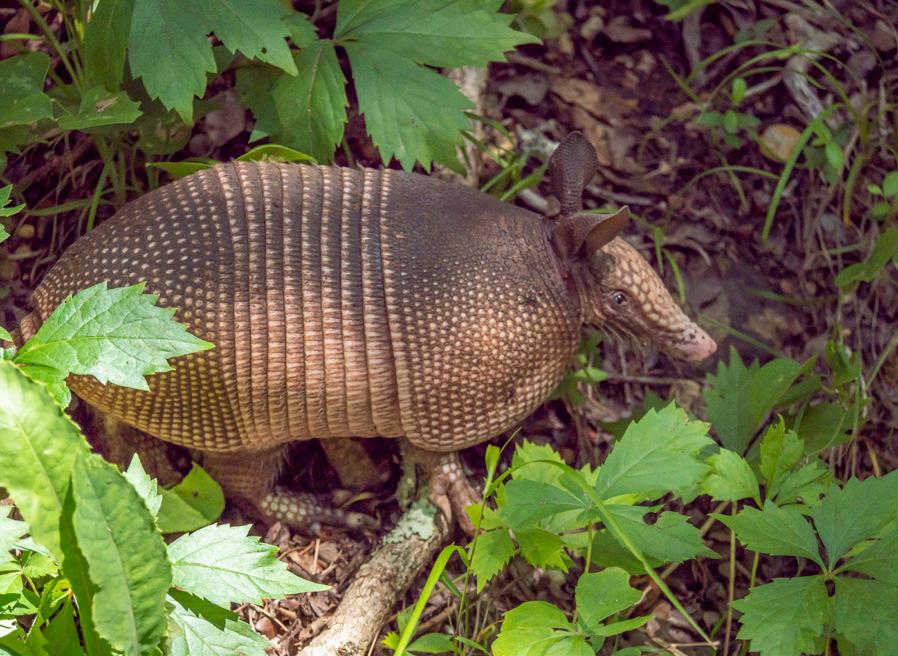

University Gallery, ART Free Admission
Music
FESTIVAL OF STRINGS: SYMPHONY ORCHESTRA CONCERT

Oct. 6 | 7:30 p.m.
Payne Concert Hall, GPAC
Music
SYMPHONIC BAND CONCERT
Oct. 10 | 7:30 p.m.
Payne Concert Hall, GPAC
Theatre & Musical Theatre
GALATEA
Inspired by MJ Kaufman
Oct. 12 – 14 | 7:30 p.m.
Oct. 14 | Matinee | 2 p.m.
Showcase Theatre, UTC
Art
GLOSSOLALIA EXHIBITION

Oct. 16 – Nov. 24
University Gallery, ART Free Admission
Music
JAZZ BANDS CONCERT
Oct. 19 | 7:30 p.m.
Payne Concert Hall, GPAC
College of Arts & Media
CAM ARTIST SERIES: SCOTT PLUGGE & FRIENDS
Oct. 21 | 7:30 p.m.
Recital Hall, GPAC
Music
ALL CHOIRS FALL CONCERT
Oct. 24 | 7:30 p.m.
Payne Concert Hall, GPAC
Music
SYMPHONY ORCHESTRA CONCERT
Oct. 27 | 7:30 p.m.
Payne Concert Hall, GPAC
FOR TICKETS & INFORMATION
Entrance to Mother Neff State Park where you will find Rock Cave, wildlife, and beautiful landscapes .
Gonzales, Washington-on-the-Brazos, and other historical sites over the next decade.
To develop a full-fledged park system, however, Texas needed a politician with the will and zeal to go “beyond historical monuments” and, as author Cynthia Brandimarte has noted, “to showcase the diversity of Texas’ landscape, encourage tourism, and promote conservation.” That politician was Pat Morris Neff.

According to contemporary accounts, Neff “was not like other boys.” As Stephen Harrigan recounts, Neff, “though Texas born,” had “never shot a gun, baited a fishhook, used tobacco in any form, nor drunk anything stronger than Brazos water.”
He did, however, have a vision for Texas’ future, which he laid out in a series of reelection speeches between 1922-1923, as well as calls for legislative action. According to authors Dan Utley and James Steely, Neff called on the state to “establish parks, both large and small, throughout her borders. The people should have the breathing spots where they can enjoy nature in stream and
tree, in rock and rill.” He proposed such a bill, enjoining the legislature to create a state parks board and to fund a new parks system.
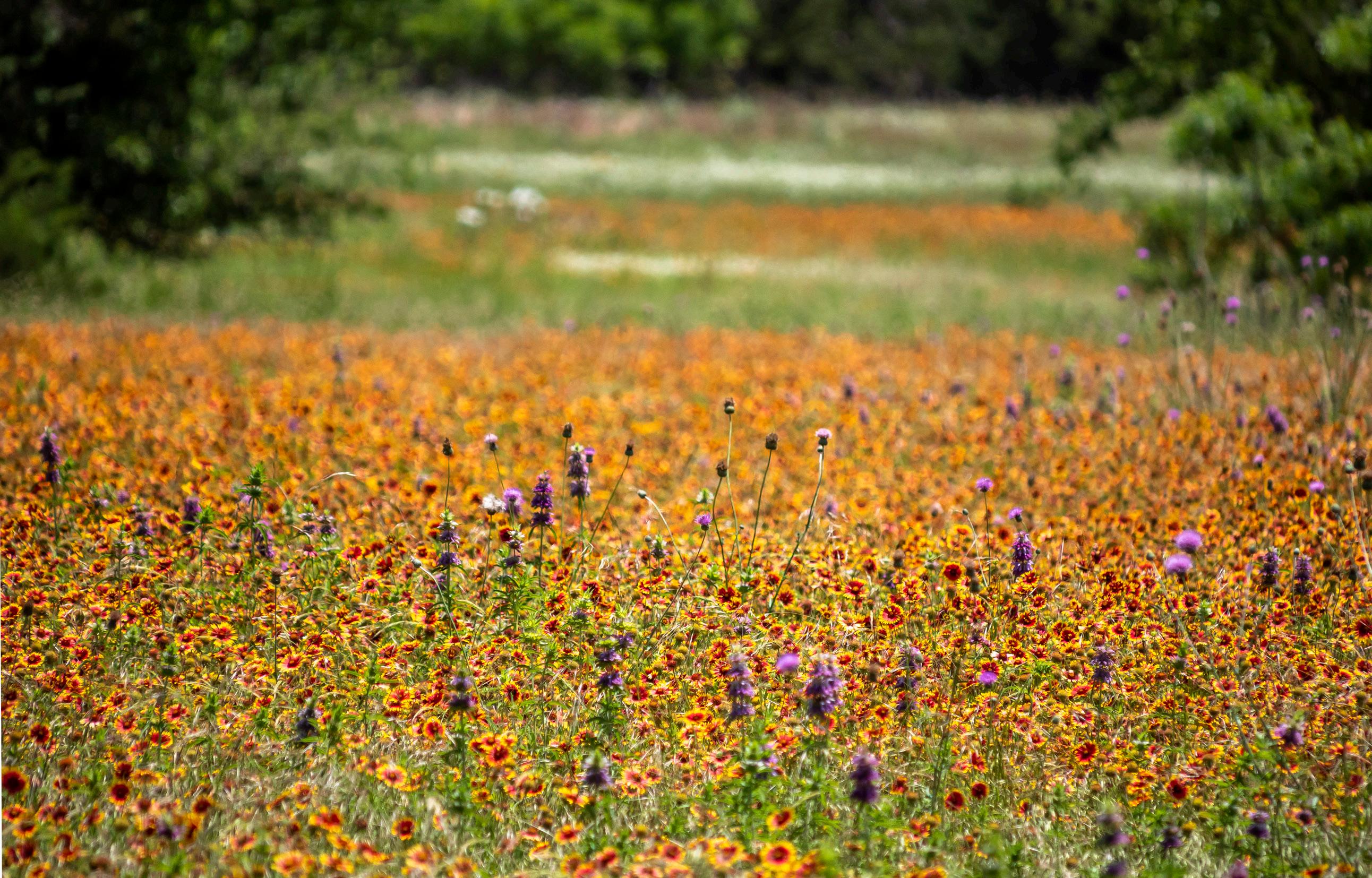
The legislature was recalcitrant, and while it approved a parks board, it provided only a bare minimum of funding. Indeed, its annual budget in the early years was only $375, with no funding for staff, the acquisition of land, or the improvement and maintenance of such land.

With no funds, the Board pushed for donations, often having to beg the donors to provide additional funding for improvements and maintenance. What followed, according to former Parks Director Carter Smith, were “grueling political battles, eleventh-hour land saves, go-for-broke land deals, extraordinary feats of civic pride, [and] boundless displays of generosity from citizens across the state…”
One of the citizens who spearheaded the campaign for donations was Huntsville native Marian Rather Powell, whom author Jennifer
Bristol described as “brilliant” and “fiercely organized.” These qualities would serve her well as she led a letter-writing campaign; attended and spoke up at meetings; and lobbied legislators on behalf of Texas parks.
Powell’s efforts were successful. In 1927, the legislature agreed to accept the donation of 24 parcels of land, each of which would serve as a State Park. Without real funding, however, the supervision and maintenance of the parks was left to local municipalities. But as Representative W. R. Chambers noted at the time, “It requires more than a cow pasture and an excited Chamber of Commerce to make a park go.”
Pat Neff regarded all these sites as more than cow pastures, but one had a particular place in his heart. Shortly after he was elected governor, Neff’s mother passed away at the age of 91. “Mother Neff,” according to Utley and Steely, “bequeathed a small part of [her] homestead ‘as a park for the public, for religious, educational, fraternal and political purposes.’”
Although Texas had previously designated public lands as “parks,” such sites had been selected for their historic importance. Mother Neff, at least in Pat Neff’s mind, was the first State Park to be established in the National Park mold, a land of natural beauty, with support for diverse activities and rich wildlife. This land, on which he had reached maturity, was his inspiration of what a park system could provide.


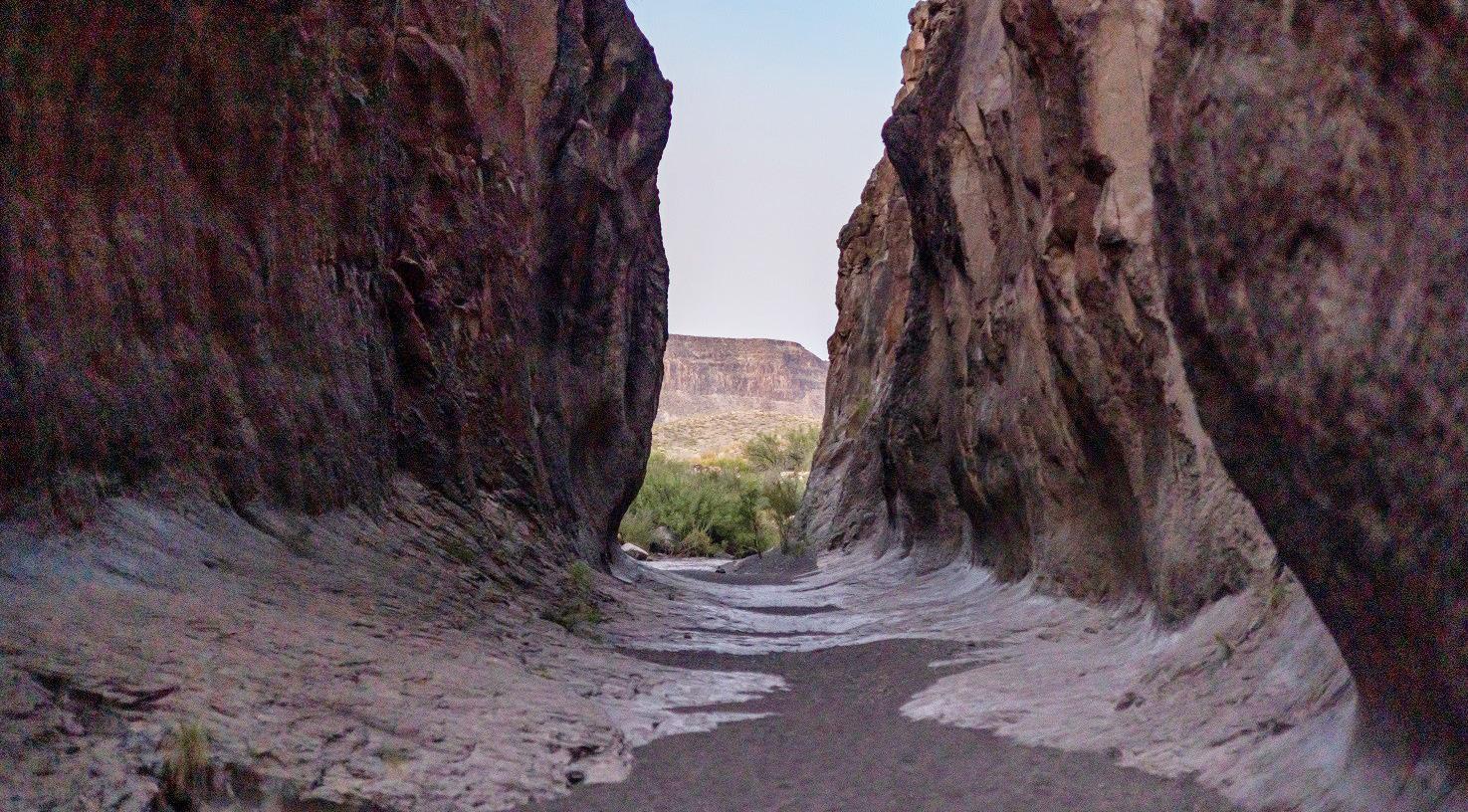


In its earliest iteration, the Park was only six acres, but even today, at 259 acres, Mother Neff State Park is one of the state’s smaller recreational parks. It lacks the desolate grandeur of Big Bend Ranch, the brooding beauty of Caddo Lake, and the towering spires of Palo Duro. But, as Utley and Steely note, “Mother Neff State Park is everything a park should be.”
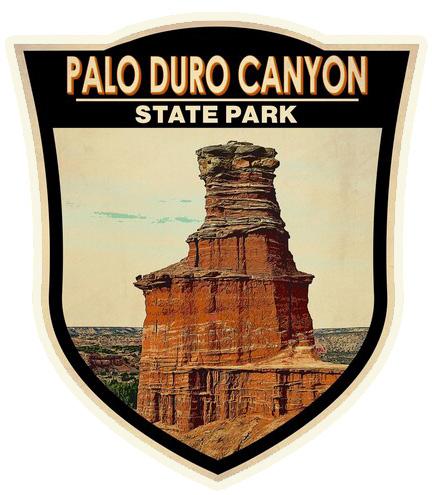
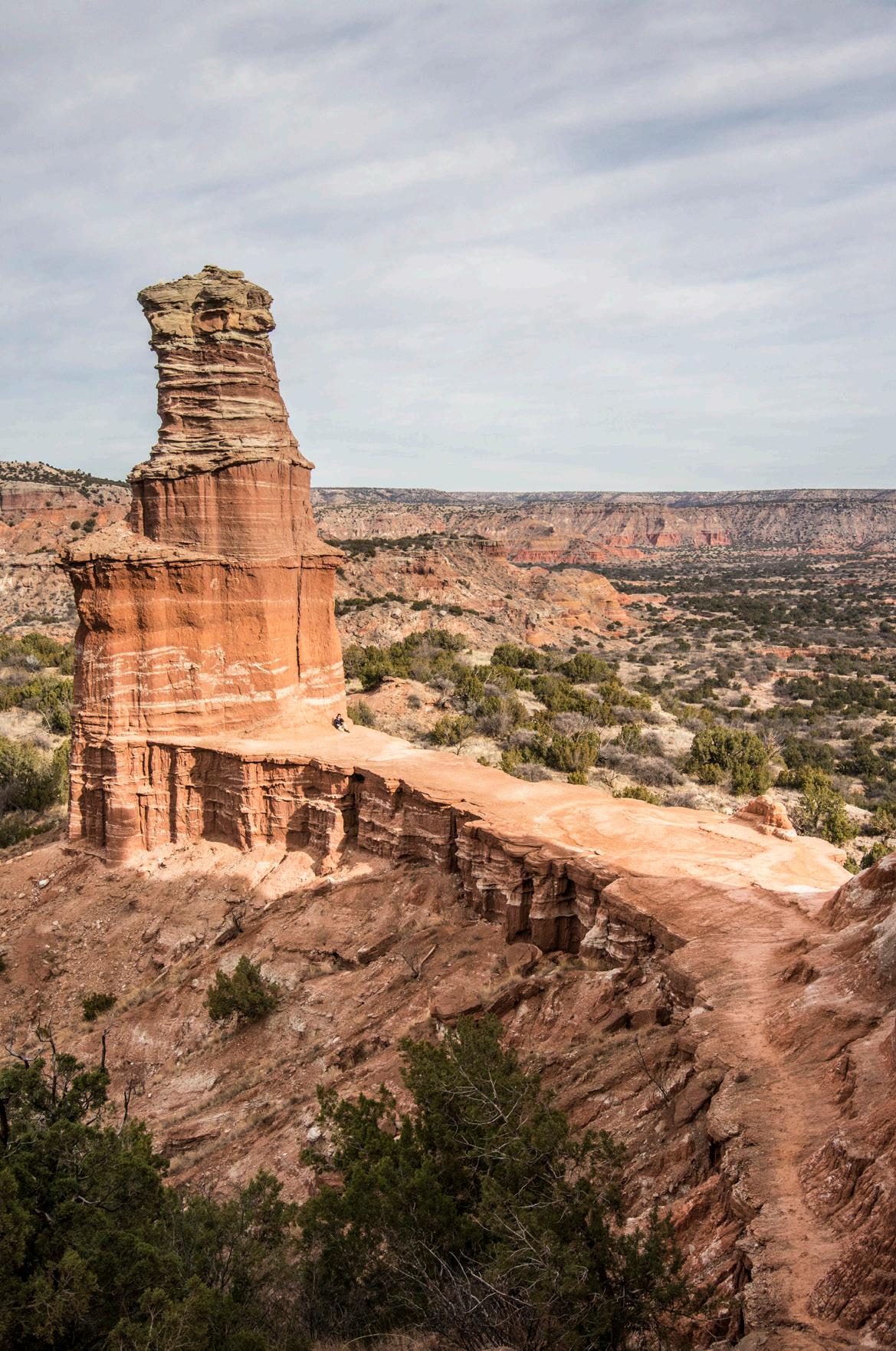
Nestled in Texas’ hill country, Mother Neff State Park is approximately 30 minutes from Waco. Such placement is consistent with the original concept of the park system, which sought to provide city dwellers quick access to rustic environments.


Mother Neff’s “parkitecture” themed visitor’s center and xeriscape grounds provide an attractive gateway to the park—and a home for a diverse number of butterflies and birds.
Its modern look, however, belies its claim to being one of the oldest parks in the system. But the Park’s rich history is easily discovered in its interior. A short trail from the main road, for example, takes visitors to a “rock cave” occupied by the Tonkawa Indians hundreds of years ago. Another short trail offers access to “Wash Pond,” a small, spring-fed body of water used by Civilian Conservation Corps (CCC) workers in the 1930s.
The CCC was central to the development of Mother Neff State Park, but the Park is not unique in this regard. More than 50,000 men worked for the CCC in Texas alone, with approximately 30 Texas parks housing CCC camps. In Mother Neff State Park, there are several CCC structures, most of which reflect the distinctive stone construction favored by the Corps. In typical fashion, the construction materials were locally sourced, allowing the structures to blend with their surroundings.
The Park also features more than three miles of hiking trails—many developed by CCC—which wend through prairies, rocky landscapes, and along the Leon River. Given its four distinct habitats and proximity to the river and other water sources, the Park features an abundance of wildlife, with deer,



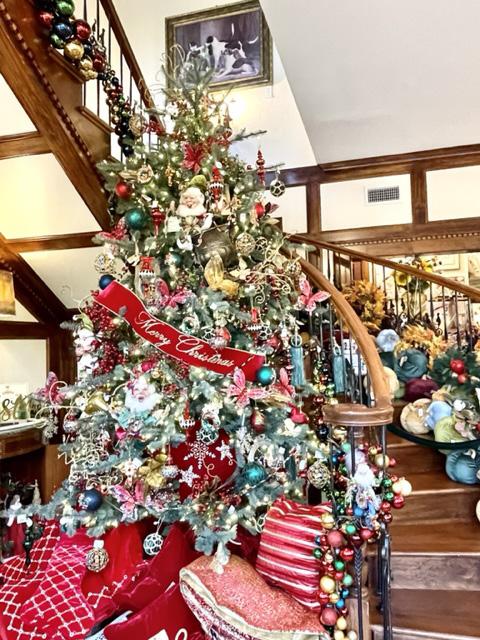






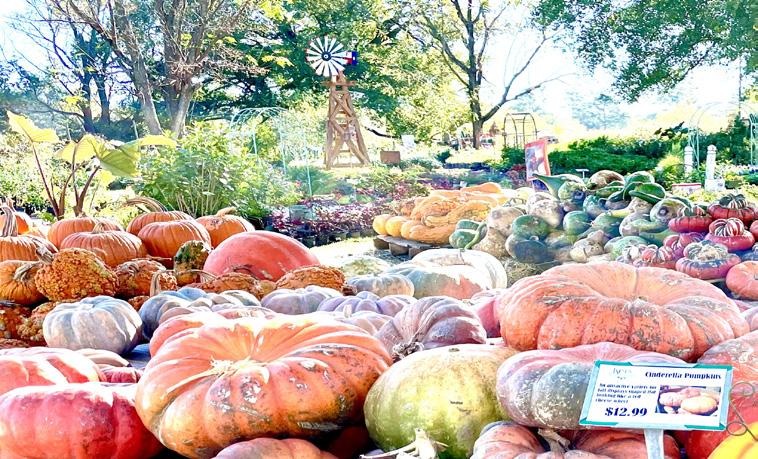








armadillos, and rabbits, particularly visible. Perhaps its most striking feature, at least in the spring, is its wildflowers, which bloom across the Park’s prairies, at the visitor center, and at the entrance portal, the latter also constructed by the CCC.


Mother Neff State Park is not the State’s most dramatic park, but it is to an unusual degree, a successful representation of what it was meant to be: a rural oasis, that, as Governor Neff hoped, enhances the “health, welfare, and happiness” of Texans, by providing them with “leisure periods…for rest, recreation, and relaxation.”

This is the first of two pieces celebrating the State Park System’s centenary. Next month, Postcards will highlight some of the State’s most dramatic and unusual parks.



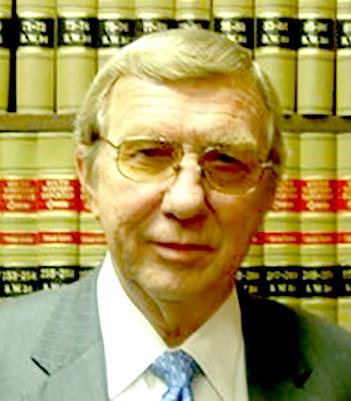
Ihe question is sometimes asked, “What happens when my will specifies a particular asset to go to a particular beneficiary, and that asset was sold or destroyed prior to my death?” The answer is typically “ademption by extinction.”
“Ademption describes the extinction of a specific bequest or devise because of the disappearance of or disposition of the subject matter given from the estate of the testator in his lifetime. Unless the testatrix specifically provides otherwise in the will, the sale or removal of a specific bequest from the estate adeems the devise or bequest. A will speaks at the time of the testatrix’s death, and only the estate the testatrix then possessed passes under the terms of the will. When a specific devise of realty is adeemed because the testatrix sold it before her death, absent a contrary intent expressed in the will, the beneficiaries of the realty under the will are not entitled to the sale proceeds; instead, the proceeds pass under the residuary clause.” San Antonio Area Found. V. Lang, 35 S.W.3d 636, 641-42 (Tex.2000).
An example of this type of specific bequest might be, “I bequeath my fully restored 1970 Jaguar XKE Roadster to my friend, Billy Bob.”
If you continue to own the 1970 Jaguar XKE Roadster (don’t we all wish) at the time of your death, then Billy Bob inherits it outright and your executor can pass title.
On the other hand, if you decided after the will was signed to sell your XKE, the asset would no longer exist at the time of your death, and the gift would fail because of ademption by extinction. Billy Bob would not receive the automobile or the proceeds from the sale and would not be

able to prevail in a suit against the estate or executor.


The same principle of ademption applies to real property. If your will declares that you devise your interest in “The North 40” to Sally Sue, and if you sell “The North 40” prior to your death, then your gift to Sally Sue is ignored, and she will receive nothing unless she receives something from a different part of your Will or the residuary clause.
“The doctrine of ademption applies only to specific bequests and devises.” In re Estate of Brown, 922 S.W.2d 605-607 (Tex. App. – Texarkana 1996, no writ).
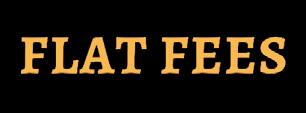
A twist to the above examples might yield a different result when a contract for sale land described as “The North 40” is pending at the time of the testator’s death. “When a specific devise is subject to a contract for sale executed by the testator before his death, the doctrine of equitable conversion applies.” Mattlage v. Mattlage, 243 S.W.3rd 763,768 – Tex. App. – Waco, pet. denied).
Assume the same facts recited in our above example of Sally Sue and “The North 40” but with the sale not fully consummated at the time of testator’s death. In this case, there exists the possibility of an equitable conversion. The devise of real property to Sally Sue may be considered a conversion to personal property rather than real property. If this occurs, Sally Sue would receive the proceeds of the sale instead of nothing as in ademption by extinction.
Courts have held that the question of whether or not to consider the gift as an equitable conversion will likely turn on whether or not the potential buyer could successfully sue to specifically enforce the agreement between the buyer and the testator.
It is very common for clients of this firm to request a provision in their will leaving a particular automobile to a grandchild and propose something like, “I bequeath my 2008 Toyota to my grandchild, Tad.”
This type of bequest will likely fail through ademption by extraction, because when you die it is probable that you have traded that 2008 Toyota for a newer model.
A better approach to this bequest suggested by your attorney might be, “I bequeath the automobile that I may own at the time of my death to my grandchild, Tad.” If you own an automobile at the time of your death, it will be inherited by Tad without ademption.
The type of unintended results that are demonstrated by this article can easily be avoided by careful estate planning done by the attorney of your choice. Remember that your attorney is a “paid pessimist” being constantly on the lookout for what might or could go wrong.
Everyone loves the sight of fields of bluebonnets in spring, followed by gaillardia, coreopsis, rudbeckia and eustoma exaltatum (bluebells) in early summer. Wildflower planting season begins in late September and ends in mid to late October. If the weather stays unseasonably warm, the planting season can be extended through November. Fall is the target date for producing spring blooms, and 85% of all wildflowers are planted from seed. Coreopsis and Rudbeckia are often found in garden centers in the fall and make hardy perennials. Wildflowers are generally easy, but a few selections, such as poppies, can be a bit tougher to germinate, but do not give up.
Where to plant? Plant in a very sunny, well-drained area that will stay undisturbed by mowing until mid- June. Please wait for mowing until these areas have their seed drop from the pods--otherwise, the plant will not return next year. This is called a reseeding annual. There are many reseeding annuals: zinnias, periwinkle, poppies, celosia, moss rose, and native petunias come to mind.
How? Scratch the soil with a leaf rake and broadcast the seed. Lightly cover the seed by “tossing” a light coating of existing topsoil
over the seed (birds love the seed) and pray for spring rains. Nothing else is required. For the “fussier” varieties, such as poppies, start your seed in starter trays or old egg cartons with holes for drainage. Seed starter pellets or peat pots or also great with Fertilome Ultimate Potting Mix, which makes a fantastic seed starter medium.
At this writing, we are still experiencing triple digit heat, but God has never failed to bring fall. Area lawns and landscapes will need additional nourishment due to the heat and excessive watering that leached the soil of vital nutrients. Definitely not finding fault for excessive watering; it is required to keep your plants alive. Depending on the size of your landscape, you can go liquid or granular. A 21-7-14 slow-release granular fertilizer with micronutrients, that can be used on lawn and shrubs, is this gardeners favorite. Liquid applications of FoxFarm Bush Doctor Boomerang Comeback Formula (organic) can be applied with a hose end sprayer and produces miraculous results in several weeks.
There seems to be a popular misconception that dead tissue can be overtaken with live tissue…this is not true and dead tissue,


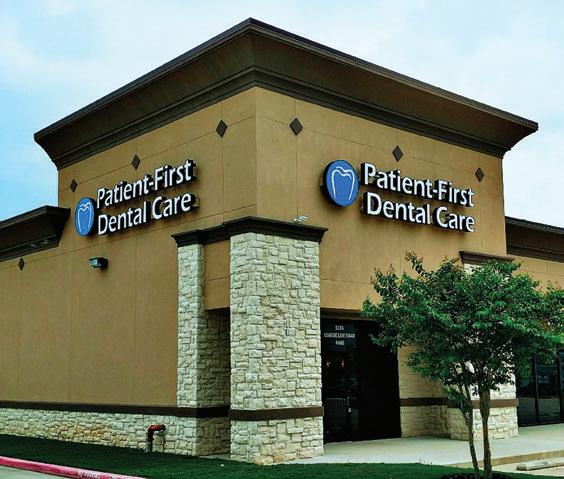


just like gangrene, will slowly kill live tissue if not removed. Dead wood will need to be removed from shrubs now…..do not leave to overwinter.
To find where live tissue ends and the dead begins, keep scratching the cambium layer (outer layer of stem or bark) until you find a solid circle of green in the branch, or green if you are scratching the main stalk. Remove tissue 1”-2” below the dead. In some cases, this may be severe, but from experience, waiting almost never gives the desired results. Yes, pruning heavily in September is not optimum, but will be required this year. On the silver lining side, it does appear, our warm temperatures will be around longer than usual, giving plants time to adjust before a freeze could occur. Our first freeze date (on average) is late November, but this fall it may be pushed into December.
Cool weather starter veggies and pansy season begins in early October. The max high needs to be 84 degrees with a high of 79 preferred to successfully grow either without the chance of “bolting.” Happy fall y’all, and a big shoutout to the gardeners who survived and thrived in the summer of ’23.
Happy Gardening!
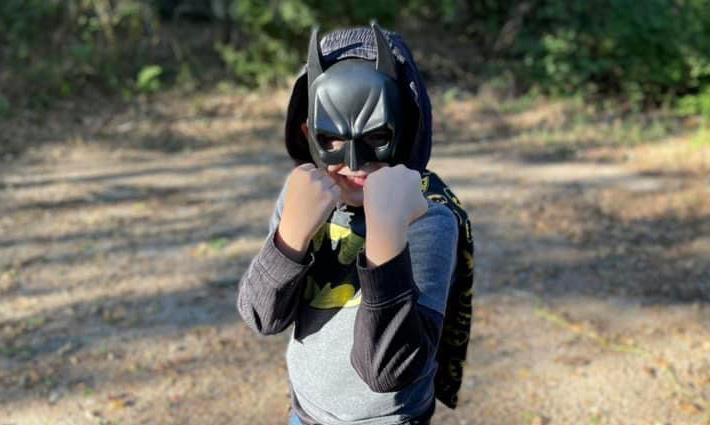
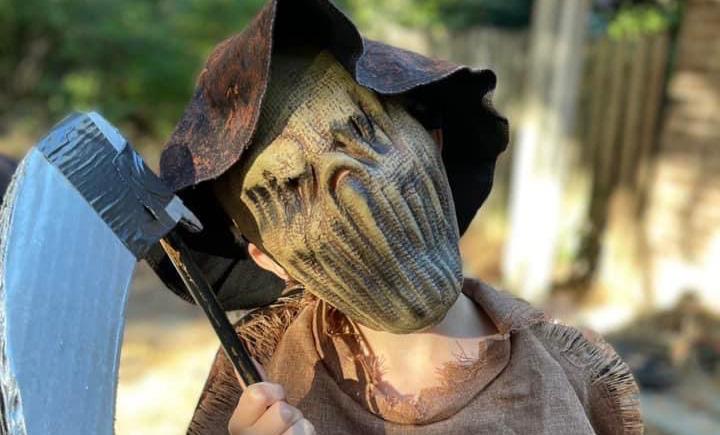


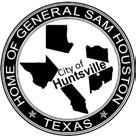




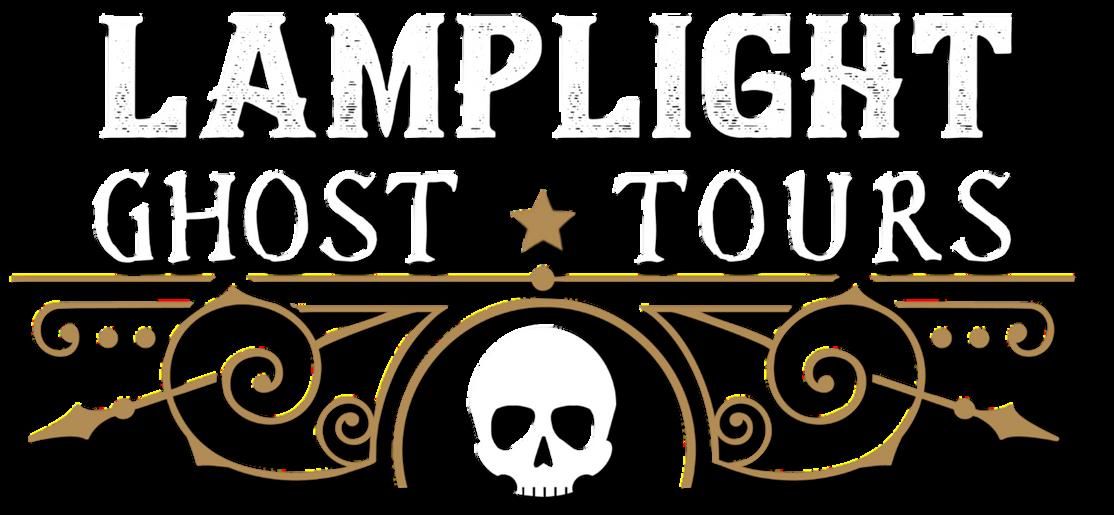



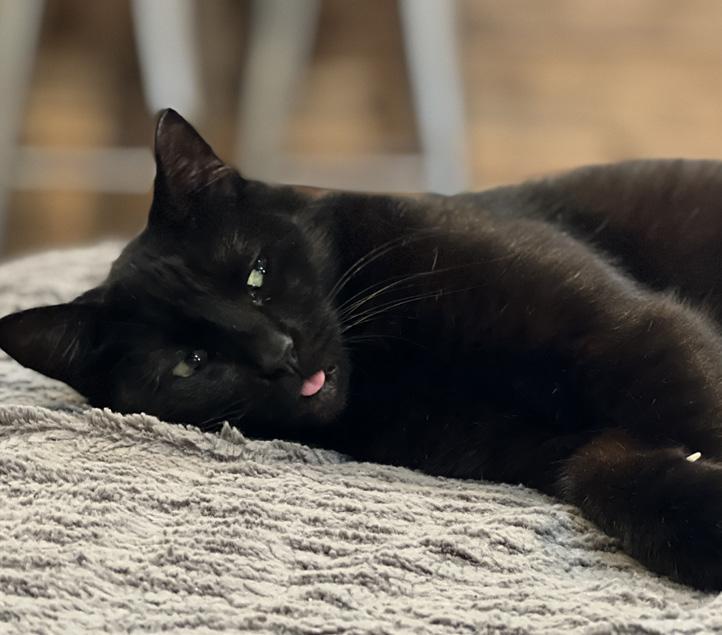


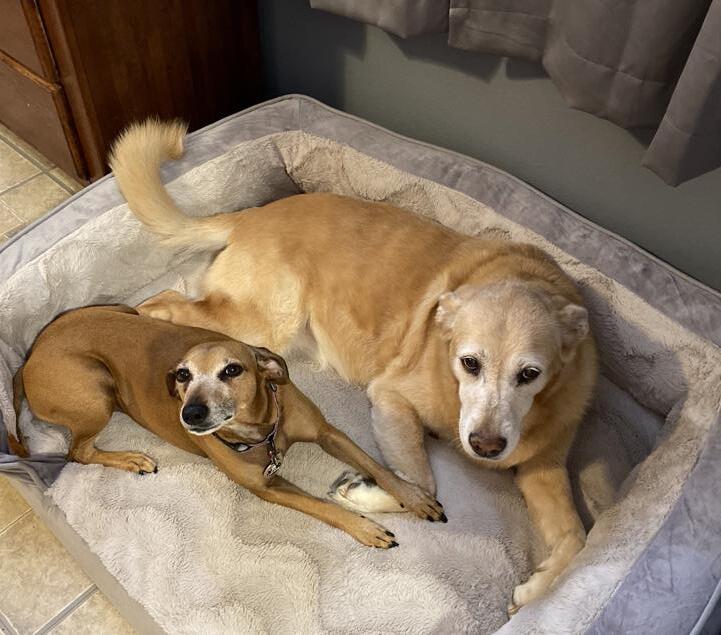


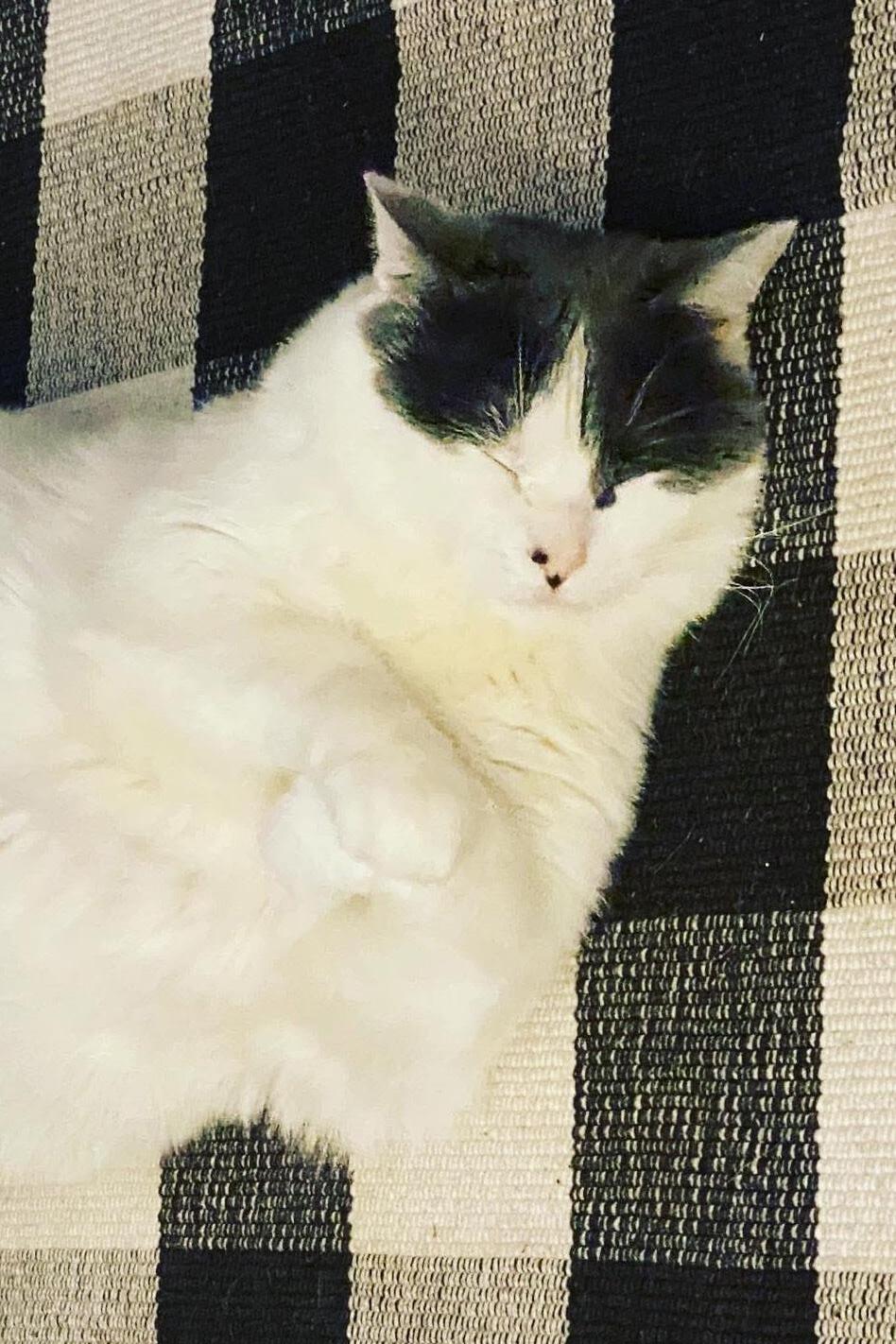
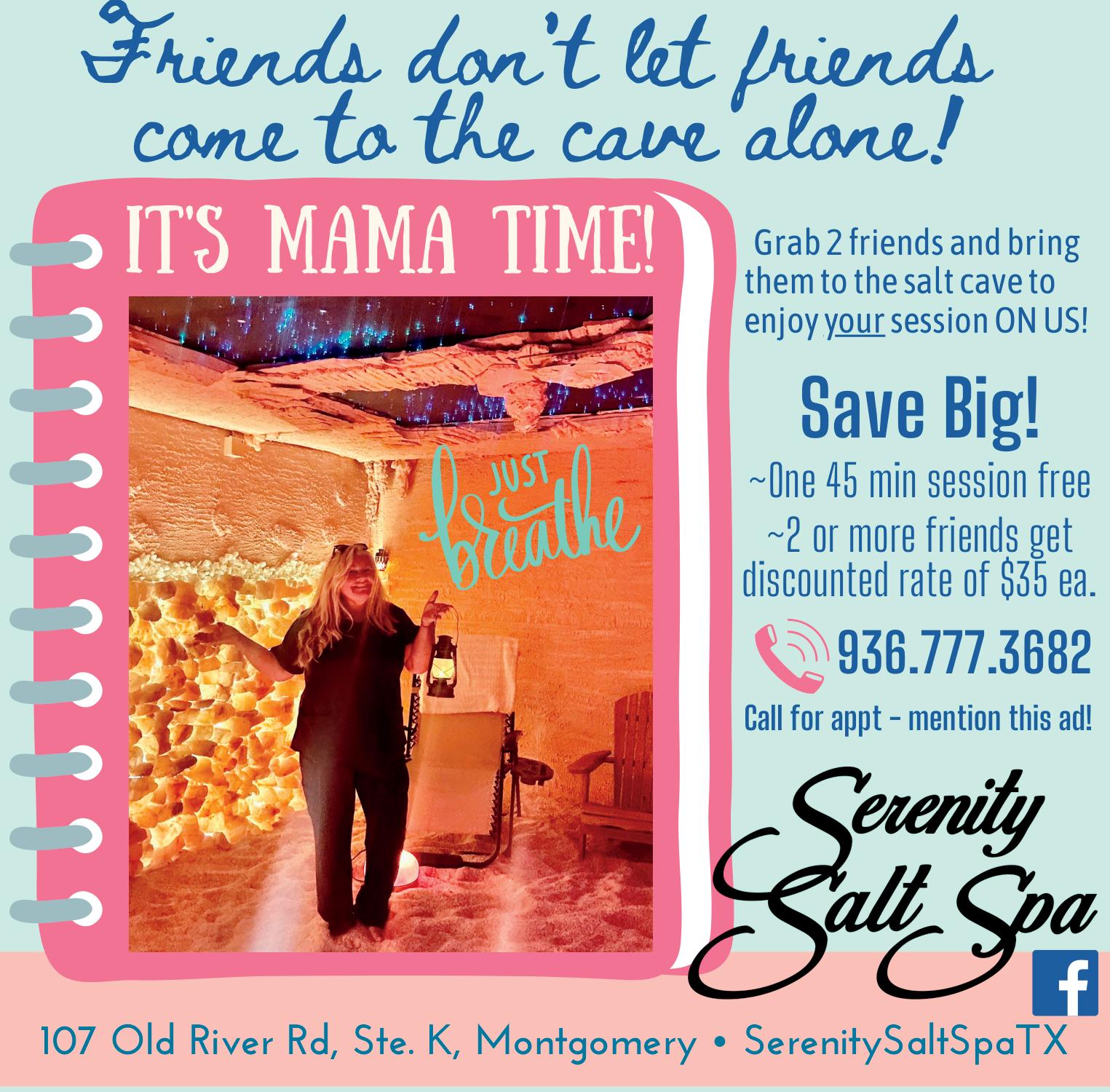



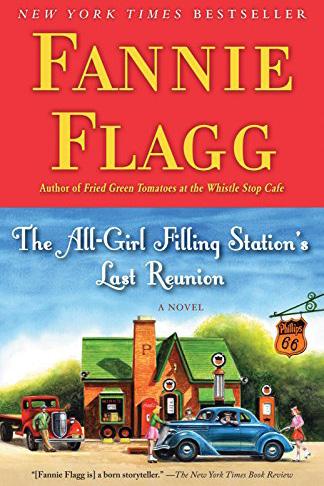
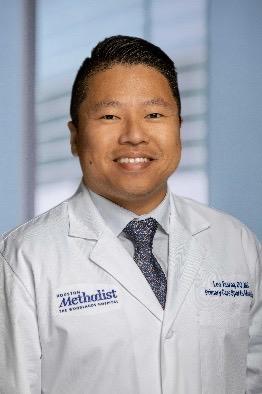
As the local school districts begin another season of athletics, all parents and athletes should know by now that a concussion is more serious than simply “having your bell rung.” Young athletes make up a significant portion of those sustaining this type of head injuries each year. However, many parents do not know the most common signs to watch for, says Dr. Leonardo Taarea, sports medicine specialist at Houston Methodist The Woodlands.
Up to 40 percent of sports medicine patients are children ages 16 and younger — many of which are student-athletes who have suffered a blow or jolt to the head while playing soccer or football. According to Dr. Taarea, the most common concussion symptoms include:
• Coordination problems
• Dizziness
• Fatigue
• Headache
• Nausea
Lesser-known signs are also important to watch for, include:

• Difficulty concentrating
• Memory problems
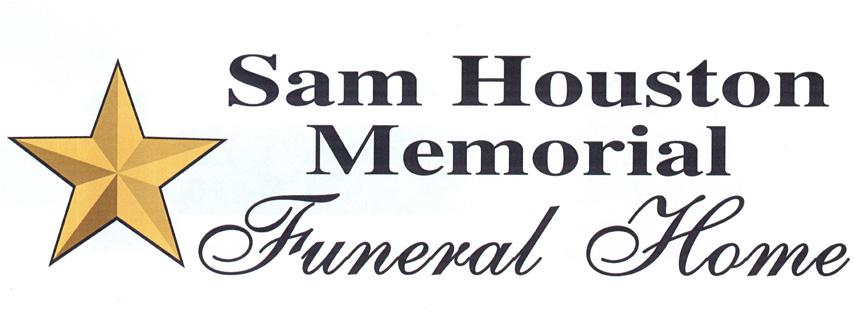
“Many young athletes may show signs of not remem bering where they put their homework or even forget the day of the week,” Dr. Taarea says. “Sometimes, it shows with emotions of sadness or irritability. Many parents might notice a behavioral change, saying their child is just not acting the way they normally would.”

Another sign to look for is balance issues. A mild brain injury can lead to trouble balancing--because as the brain recovers from a concussion, the person is dizzy and nauseated and the brain is having trouble putting together what’s going on in the world around it.
If you suspect your child may have suffered a concussion during sports practice or another competition, Dr. Taarea suggests asking “orientation questions,” such as:
• What’s your name?
• What month and year is it?
• Do you remember what happened just before your injury?
How do you feel?
If your child’s answers seem off, it’s imperative to make an appointment with a health care professional trained in concussion evaluation and management right away.
Depending on what the doctor says, your child may be held out of school and sports for a period of time to allow the brain to rest. “Prevention is the best treatment for concussion. You should always emphasize the importance of playing by the rules and wearing appropriate equipment,” Dr. Taarea says. “If your child does experience any concussion symptoms during competition, he or she should immediately report it to the coach, referee, or athletic trainer.”
A primary care sports medicine physician can help evaluate, diagnose and manage concussions and concussion symptoms.
Welcome back to the Dear Gabby advice column. I don’t recall ever being this excited about the beginning of fall and cooler weather! You folks with convertibles have your two perfect days of top-down weather coming around the corner. Don’t worry--there will be two more in the spring. Enjoy Columbus Day (even though the fellow was a shade late) and Halloween. I’m especially looking forward to Halloween, because it’s the only day of the year that it’s okay to ask “What are you?” When in doubt about most anything, ask Gabby. Send your questions to me by clicking on Dear Gabby at www.PostcardsLive.com/share.
DEAR GABBY
This Artificial Intelligence business is really creeping me out. I feel like all these high-tech gadgets with girl’s names are spying on me. Am I being paranoid, or are we under surveillance?
DISTRUSTFUL
DEAR GABBY
I’m almost 70 with natural silver hair and sun-damaged skin. (I don’t hide my age!) Men now address me as, “Young Lady, how may I help you?” How can I respond to let them know I don’t appreciate their sparky “Young Lady”? They never called me that when I was younger!
NOT YOUNG ANYMORE
DEAR DIS

You’re not delusional. I don’t even Google what I want to shop for anymore. I just shout it out and ads start popping up. Creepy is an understatement.
DEAR NYA
I suppose that’s better than “Old Lady,” but it is rather condescending… and more common than I thought, because it has also happened to me. I prefer not to be rude in return, because I don’t really think they mean it to be derogatory. My favorite retort, while looking them seductively (wink, wink) in the eye, is “I love it when you lie to me.” We both laugh and go about our business.
CONFIDENTIAL TO “FEELING MY AGE”: I totally understand. I see people my age mountain climbing. I feel good getting my leg through my underwear without losing my balance.



Ingredients
3 large baking apples (such as Honeycrisp)
2 tsp apple cider vinegar
1 cup all-purpose flour
1 tsp baking powder
1 tsp kosher salt
1 stick unsalted butter, at room temperature
1/2 cup white sugar
2 Tbs light brown sugar
2 large eggs
3 Tbs dark rum
1/2 tsp vanilla extract
3 Tbs white sugar for the top
1 Tbs powdered sugar for dusting (optional)

Step 1: Preheat the oven to 350 degrees. Grease a 9-inch round cake pan with butter and line the bottom with parchment paper.
Step 2: Peel (or leave skin on) and core apples; cut into cubes between 1/4 and 3/8-inch in size. A little smaller is okay, but if your cubes are any larger, they won’t get tender enough when baked. Add to a large bowl and toss with apple cider vinegar.
Step 3: Mix together flour, baking powder, and salt in a small bowl.
Step 4: In another bowl, beat butter, 1/2 cup white sugar, and brown sugar with an electric mixer until light and fluffy. Beat in 1 egg on high speed until it is fully incorporated and the mixture is smooth. Add the second
egg and repeat. Mix in rum, vanilla extract, and 1/2 of the flour mixture. When the flour disappears add the rest, and fold in with a spatula.
Step 5: Fold in apples until evenly mixed into the batter. Transfer batter to the prepared pan, making sure all the batter is pressed in firmly. Smooth top and dust with remaining 3 tablespoons sugar.
Step 6: Bake in the preheated oven until a skewer inserted into the center comes out clean, about 45 minutes.
Step 7: Remove cake from oven and let cool in the pan for about 30 minutes. Invert cooled cake onto a wire rack, place a serving plate on top, and flip back over. Dust top with powdered sugar and serve.
Ingredients
2 Tbs olive oil
2 cloves garlic, crushed

1 tsp chopped fresh oregano (optional)
2 large boneless skinless chicken breasts (8-10 oz each)
2 oz Spanish chorizo sausage, thinly sliced salt to taste
2 Tbs fine breadcrumbs
2 Tbs finely grated Parmigiano-Reggiano cheese
2 Tbs sherry vinegar
1/3 cup sherry wine

2 Tbs cold butter, cubed
freshly ground black pepper to taste
1 Tbs chopped Italian parsley (optional)
Directions
Step 1: Mix olive oil, garlic, and oregano in a small bowl and set aside.
Step 2: Preheat the oven to 475 degrees.
Step 3: Use a sharp thin knife to make five deep slashes at a 45-degree angle into the chicken breast, about an inch
apart, going almost, but not quite all the way through. Leave about 1/2-inch of breast uncut on either side of the slash.
Step 4: Salt chicken breasts generously on both sides, and spoon oil mixture on top. Rub olive oil mixture into slashes, and all over the surface and bottom of the breasts.
Step 5: Slide slices of chorizo into the slashes in the chicken. Once inserted, at least 75% of the sausage slice should be covered by chicken.
Step 6: Transfer chicken to an oven safe skillet or pan and pour over any extra oil. Dust breasts with breadcrumbs, and sprinkle with cheese.
Step 7: Roast in the preheated oven until chicken is cooked through, 20 to 25 minutes. An instant-read thermometer inserted into the center should read 150 degrees.
Step 8: Remove chicken from pan, and let rest on plate, loosely covered with foil.
Step 9: Add vinegar and sherry to the pan and turn the heat to medium high. Season with salt and pepper and bring to a boil, stirring occasionally. Cook until sauce has reduced by half.
Step 10: Add any accumulated juices from the plate of chicken to the pan. Reduce heat to lowest setting and stir in cold butter. Stir constantly until butter has disappeared.
Step 11: Turn off heat and stir in the parsley. Taste for seasoning and adjust if necessary.
Step 12: Transfer chicken to plates and top with sauce.
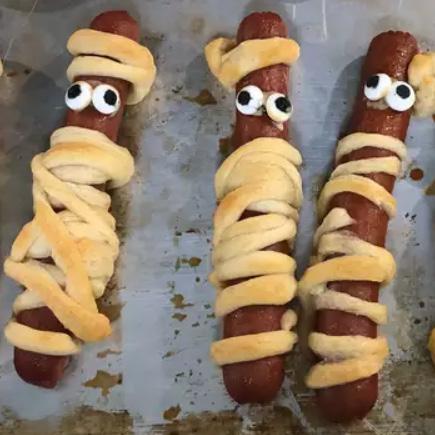
Ingredients
8 hot dogs
1 (8 oz) pkg refrigerated crescent rolls
1 tsp yellow mustard or ketchup as needed (Optional)
Directions
Step 1: Preheat oven to 350 degrees.

Step 2: Place hot dogs in a saucepan and cover with water; bring to a boil. Reduce heat to medium-low and simmer until warmed through, about 5 minutes. Drain.
Step 3: Roll crescent dough onto a work surface; tear into 8 pieces. Roll 1 piece dough around each hot dog, creating the look of a mummy. Place dots of mustard (or candy beads) on the top of each for the eyes, nose, and mouth. Arrange hot dogs on a baking sheet.
Step 4: Bake in the preheated oven until crescent dough is golden brown and flaky, about 10 minutes.
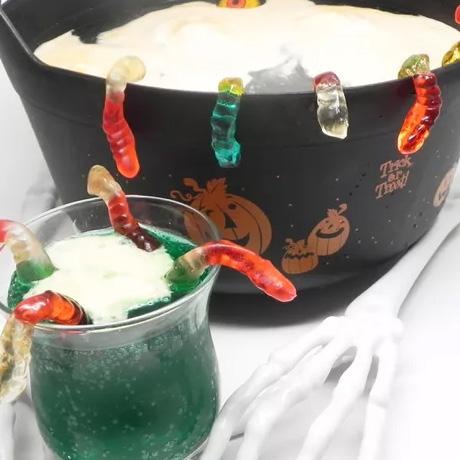
Ingredients
1 cup boiling water
¾ cup white sugar
2 (3 oz) pkgs lime-flavored gelatin mix
1 (46 fl oz) can very cold pineapple juice
1 (2 liter) bottle ginger ale
½ gallon orange sherbet
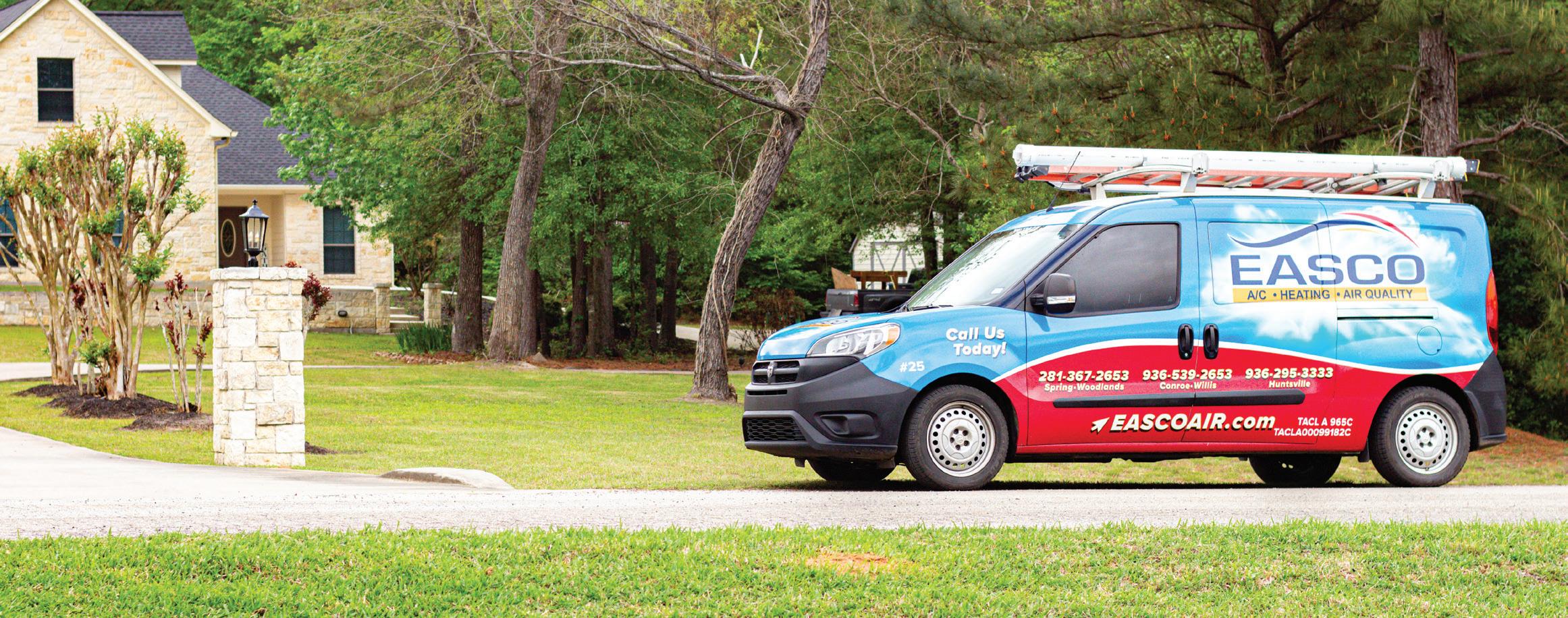
3 cups orange drink
20 gummy candies, or more to taste
Directions
Step 1: Mix boiling water, sugar, and lime-flavored gelatin together in a large bowl until sugar and gelatin are dissolved. Stir in pineapple juice.
Step 2: Pour pineapple juice mixture into a punch bowl. Add ginger ale, orange sherbet, orange drink, and gummy candy; stir well until blended.


The Wunsche Family Cemetery is in the median of I-45, sandwiched between the main lanes and the north feeder road at the Cypresswood exit in Spring, near Spring High School. Thousands pass by every day, probably not even aware it is there.
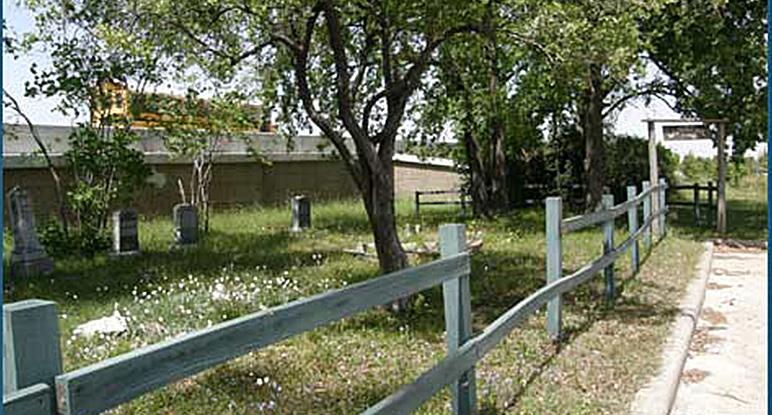

The Wunsche family has deep roots in the area. The mid-1840’s brought German immigrant Carl Wunsche from Saxony to Spring, which started around 1838. Farmer’s brought their cotton to Charles Wunsche’s gin near town. Charles and Dell Wunsche built the Wunsche Brothers’ Saloon and Hotel in 1902, with lumber from their own sawmill. Their brother William Wunsche, Sr., Ralph Hanks, and Voress Bonin constructed it. Spring’s legacy from the Wunsche family includes Wunsche Middle School, built on land donated by the family.

The family is also connected to one of the oldest murder mysteries in Houston history. Olena Wunsche was just two months shy of


her 21st birthday when she disappeared with her boyfriend in May of 1929. He was found murdered on one side of the town of Spring; Olena was found in a roadside ditch on the other side of town, shot in the back. Olena now rests in the family cemetery, along with just over twenty other members of the Wunsche and Kuhnle families. The earliest burial dates back to 1885. The most recent 1959. Twice a year students from the FFA program at Spring High School pick up trash, mow tall weeds, and place fabric flowers at the graves—a nice gesture by today’s generation, appreciating the contributions of those from generations before.
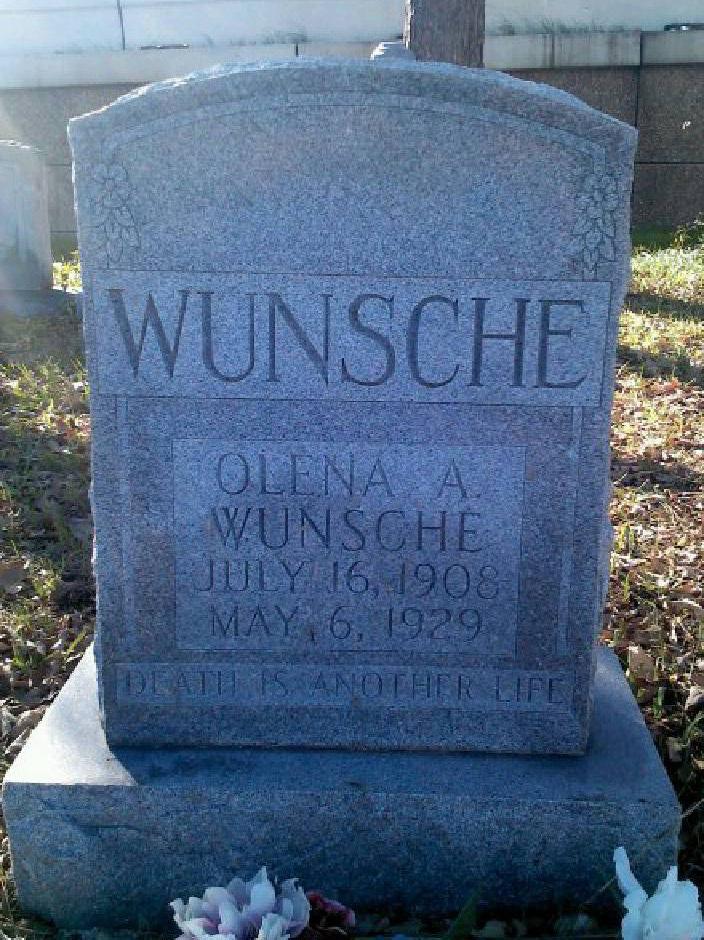
The Business Focus is chosen each month by random drawing from among Postcards contract advertisers.
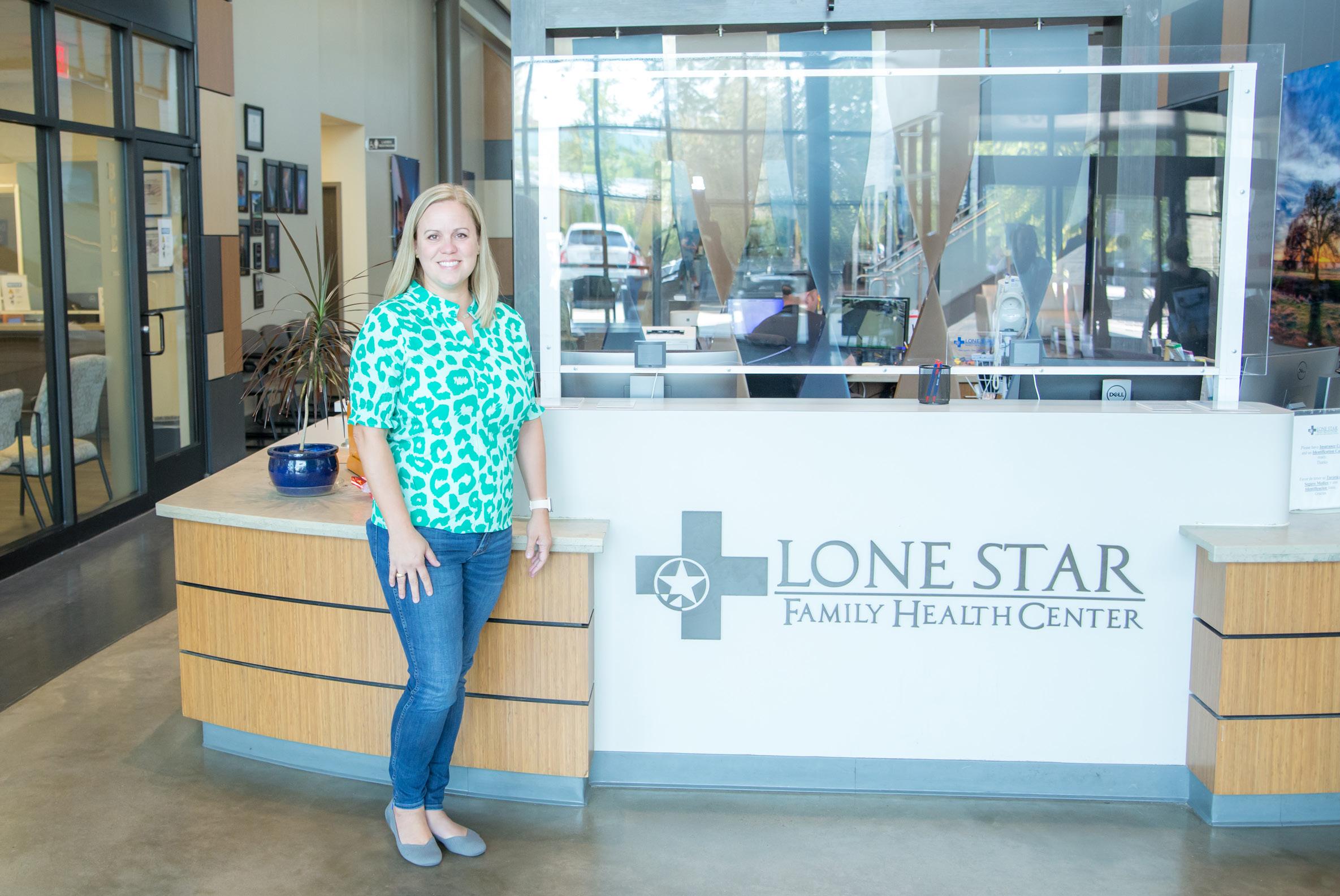

A trip to the doctor and pharmacy can be an impossibility for people who have no medical insurance and cannot pay out-of-pocket for the visit, medical tests, and prescriptions. Many Montgomery County residents do not have necessary transportation to get themselves or family members to the facility. These are the residents Lone Star Family Health Center (LSFHC) most wants to help.
LSFHC offers a variety of services--from the traditional annual checkup to counseling services for youth and adults. “We offer full
service, comprehensive services, and other programs not offered anywhere else in the area,” says Courtney Galle, Marketing and Communications Manager for Lone Star. “We also are open until 9:00 p.m. on weekdays and 1:00 p.m. on Saturdays at our Conroe location to accommodate patients’ work schedules.” Patients do not have to be a resident of Montgomery county to receive services in Conroe.
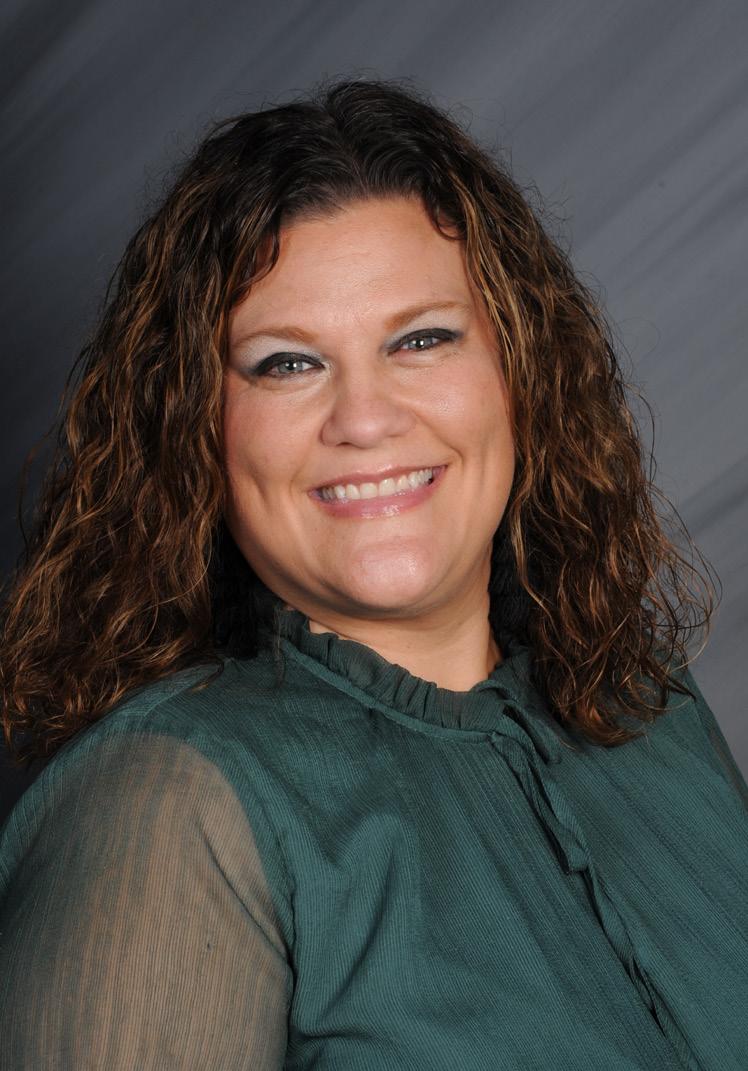
“Our mission is to provide compassionate, affordable healthcare for those who are underserved, uninsured, and underprivileged,” said Karen Harwell, Chief Executive Officer of Lone Star Family Health Center (LSFHC). “‘Compassionate healthcare’” means more than an office visit or a treatment to our doctors and staff. That’s why you will find LSFHC staff involved through community outreach with health partnerships, health-related committees, health fairs, back-to-school programs, and more. ‘Affordable’ means that we care for everyone, regardless of the ability to pay. We care for those who are fully insured and, as a Federally Qualified Health Center, we also care for Medicaid and Medicare patients, the uninsured and underinsured.”
From the newborn to the elderly, LSFHC provides services for all ages. “Our emphasis

is becoming a patient’s health home,” stated Harwell. “Primary care is extremely important for long-term health outcomes; having a healthy home that can make sure you stay on track with preventative health measures from adolescence through adulthood and into your golden years is key to staying healthy and avoiding costly medical bills later in life. Good overall health is difficult to maintain with occasional trips to urgent care or the emergency room.”
At Lone Star in Conroe, 104 physicians, many of whom speak two or more languages, cover 16 specialty areas of medicine:
• Emergency Medicine
• Family Medicine
• General Dentistry
• Geriatric Medicine
• Hospice & Palliative Medicine
• Hospital Medicine
• Internal Medicine
• Nurse Practitioner
• Obstetrics & Gynecology
• Other Specialty
• Pediatric Dentistry
• Pediatrics
• Pedodontics
• Psychiatry
• Public Health & General Preventive Medicine
• Sports Medicine

While LSFHC does take commercial insurance and all patients, their target population are those who do not have insurance, are underinsured, or just may not be able to afford a conventional doctor’s office visit. Eligibility for the Sliding Fee Discount Program is determined by a patient’s household size and annual income. An application must be completed and proof of income is required. Discounts are applied based on federal poverty income guidelines, updated annually by the federal
government. While fees for eligible patients are reduced, a nominal fee for services will be the patient’s responsibility. Payment is expected at the time of service.
Along with the sliding fee program, LSFHC also accepts many insurance plans that have a smaller network, including Medicaid and Marketplace plans. This helps retired patients who no longer have insurance or very limited insurance and apply for the sliding scale program.
Call to schedule an appointment with an eligibility specialist or reach a member of the eligibility team via e-mail for questions about programs and eligibility. “It’s a tremendous difference when you pay $25 for a regular doctor’s visit versus $150, and you won’t get a big bill in the mail after you leave,” said one patient.
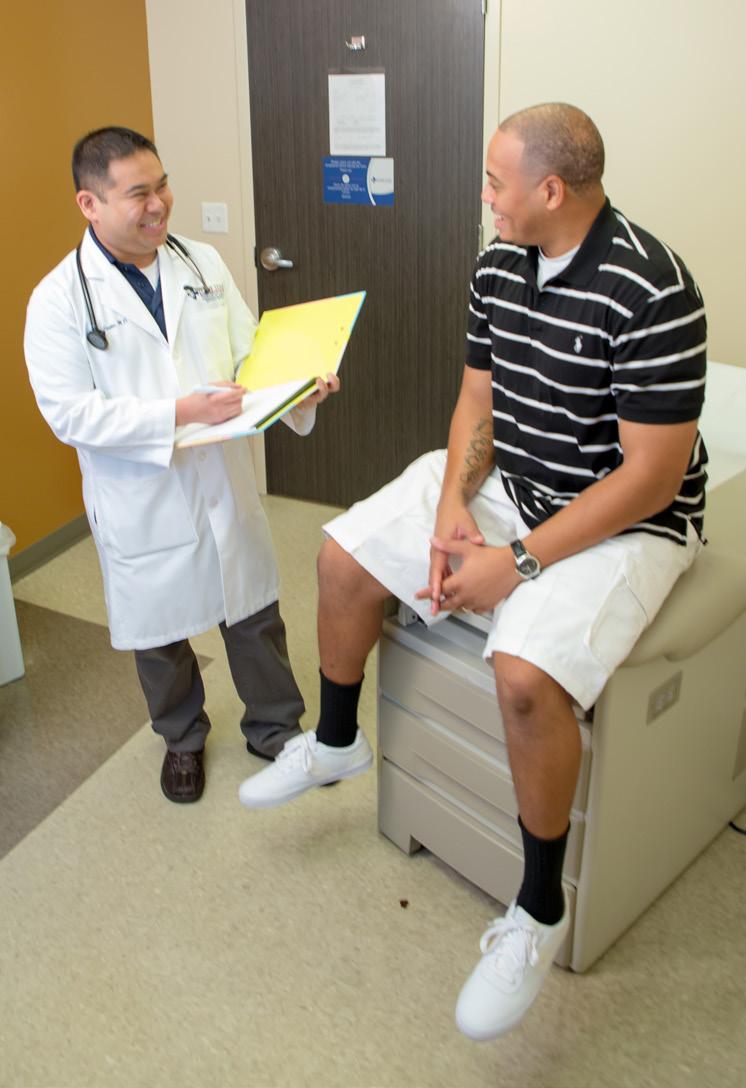
Lone Star Family Health Center (LSFHC) is a nonprofit 501(c)3, full-service state-of-the-art family medicine provider operating facilities in Conroe, Spring, Willis, Grangerland, and Huntsville.

LSFHC is a community non-profit, led by a

volunteer board of directors, 51 percent of whom must be clients of the health center. Lone Star Family Health Center receives HHS funding and has Federal Public Health Service deemed status with respect to certain health or health-related claims, including medical malpractice claims, for itself and its covered individuals.
The in-house pharmacy is convenient, because this allows patients to fill prescriptions on site instead of going to another location after they leave the doctor. The pharmacy is manned with technicians to fill prescriptions, but patients may also teleconference with a pharmacist in Conroe virtually through an iPad. This is a highlight in itself, because clinics usually don’t have that on site. The pharmacy is open from 8:00 a.m. to 4:00 p.m.
Valerie Powell, pharmacist director for LSFCH, is assisted by Kirby, a robot that fills the prescription, counts the pills, prints the label, and presents the medication for the pharmacist to verify before the lid is put on the bottle. “Kirby does about 50 percent of our work now,” Valerie said.

Diabetes is one of the frequent diagnoses they see. To help those patients, glucose checks can be done at LSFHC, along with regular checkups to make sure medication is working properly and blood sugar levels are on track.
Diabetic patients are also able to apply for discounted insulin prescriptions. Without insurance, the cost of insulin can be hundreds of dollars, and people in poverty just cannot afford insulin at full cost. Diabetic and nutrition classes are also offered in Conroe, but Walker County residents can log into Zoom and join the classes to educate patients and help them learn how to live with diabetes.
LSFHC offers a variety of services for women’s health, including basic well woman exams. First, free breast cancer screenings and exams are offered. Once

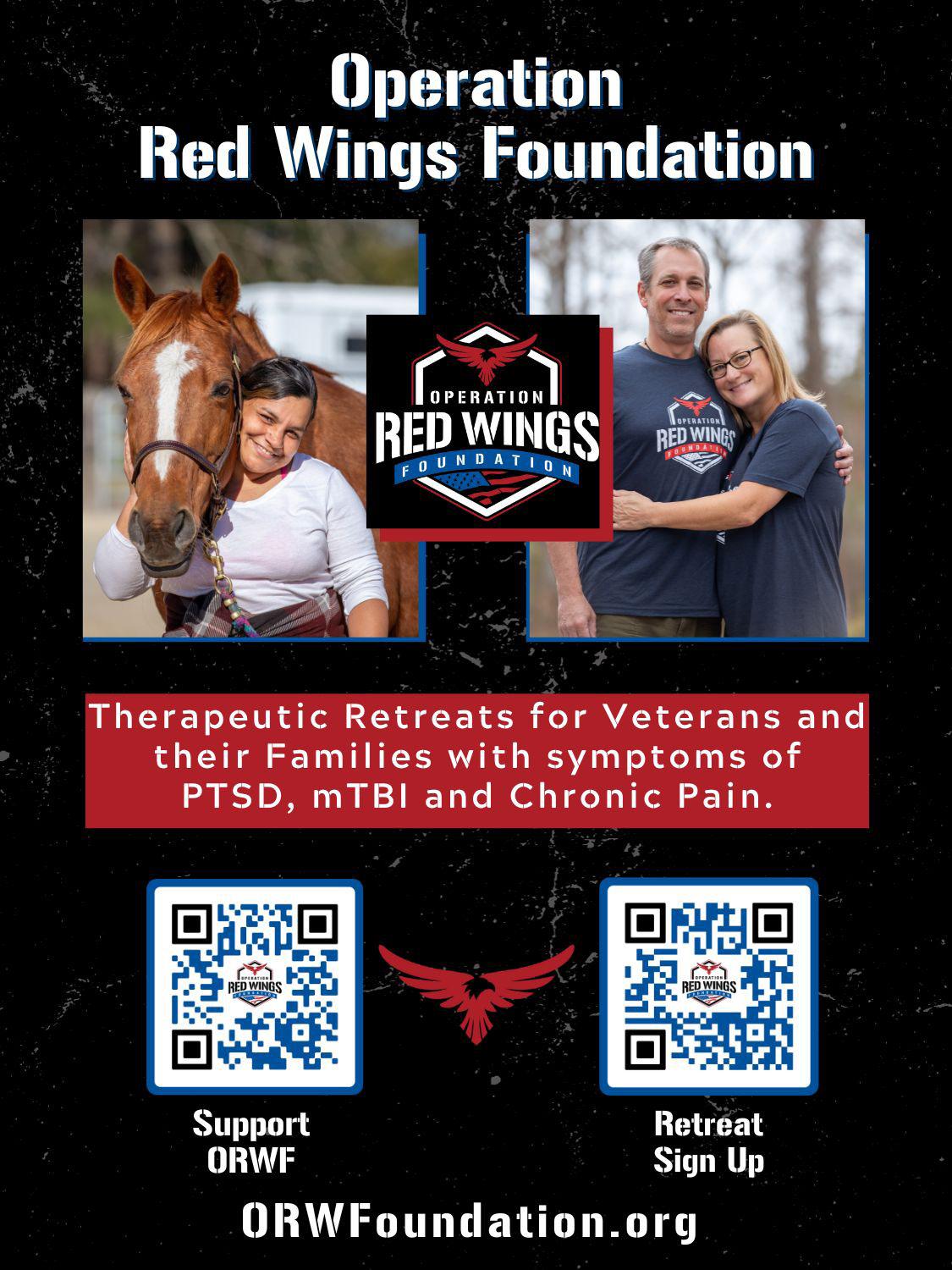
the screening is done, mammogram orders are given which can be filled at the patient’s desired location or through The Rose, a 3D mobile mammography service, which travels to the clinic and provides free mammograms. Gynecology services are also offered, such as cervical cancer screenings, pap smears, and pregnancy testing. There are plans to expand the Women’s Health Center soon. Lab
LSFHC also offers discounted rates for lab work such as routine blood tests, bloodwork

for prostate screening, pregnancy tests, and other common lab work.
Mental health is vital to overall well-being in a complex and fast-changing world. A licensed professional counselor offers patients one hour counseling sessions for both mental and behavioral health. If patients are not able to make it to the office, sessions may be done virtually via Zoom.
LSFHC not only cares for families directly, but also helps to prepare other professionals to care for the families of the future. The organization provides a nationally recognized Family Medicine Residency Program which annually graduates up to 12 family medicine residents to serve in Montgomery County and elsewhere.
The Conroe Family Medicine Residency Program is one of the original eleven Teaching Health Centers in Graduate Medical Education. Resident physicians receive full-spectrum “hands-on” training in a congenial and collegial environment and
learn to deliver cost-effective treatment while integrating the most advanced concepts in the medical field.
There are two optional unique training tracks in the residency program in addition to more traditional curriculum.
The “Medically Underserved” track recognizes the need for competent physicians who are able to offer comprehensive, compassionate and culturally sensitive care to the diverse and growing population of patients in underserved settings in the context of health and healthcare delivery in these communities.
“Obstetrical” track participants will gain advanced experience in low- and highrisk management of obstetrical patients and increased competence in operative obstetrical procedures.
LSFHC started in 1979 as a Family Medicine Residency Program located in Conroe. In 2002, they joined in partnership with Conroe Medical Education Foundation and Conroe Hospital to be renamed LSFHC and open as a health center in Conroe. Once federally

qualified in 2004, LSFHC continued to expand into Spring, Grangerland, and Willis with satellite offices. In November 2020, LSFHC opened the Huntsville location, which also has an in-house pharmacy. They offer family medicine, gynecology, and limited obstetric services.
For further information contact: (936) 539-4004
Lone Star Family Health CenterCONROE

605 S Conroe Medical Dr Conroe, TX 77304
8:00 am - 9:00 pm Monday – Friday Saturday 9:00 am - 1:00 pm
Lone Star Family Health CenterWILLIS
9516 West FM 1097, Ste 140 Willis, Texas 77318
Monday – Friday: 8am – 5pm Closed 12pm – 1pm daily
Rules & entry form: samhoustonmemorialmuseum.com/events/
samhoustonmemorialmuseum.com


It’s funny how red, white, and blue represent freedom until they are lights flashing behind you.
Bad news today. My dog ate a bunch of my ”Scrabble” tiles. I took him to the vet. No word yet.
-David McGannFellas, marry a short gal and keep your guns on the top shelf. She might still get ya, but you’ll hear her dragging the chair across the floor.
Your veterinarian won’t tell you this, but if your dog is running a fever, go to the store and get some mustard. It’s the best thing for a hot dog.
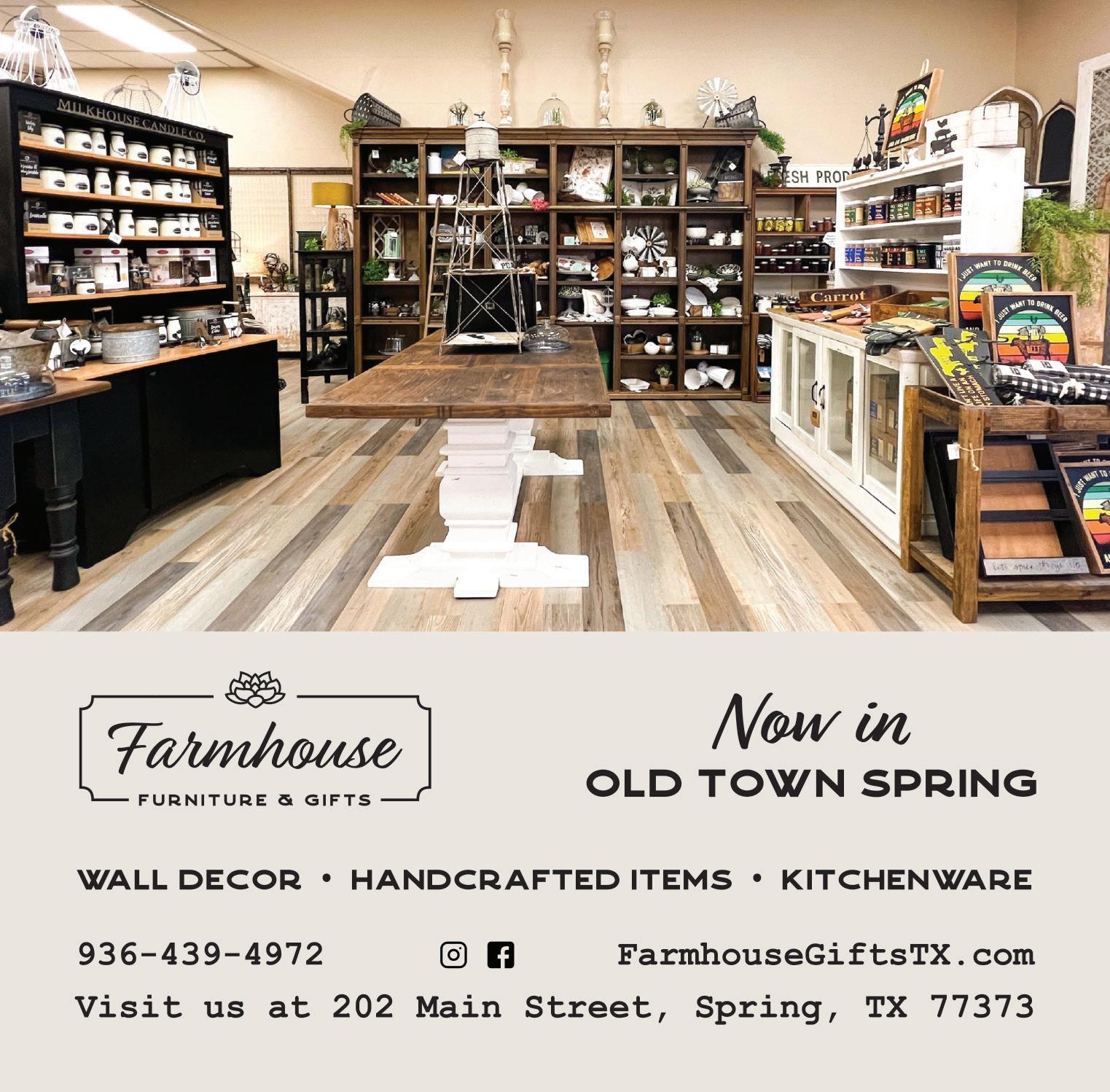
Teacher: Give me a sentence which includes the words “”Defense, Defeat, Detail”.
Charlie: When a horse jumps over defense, defeat go first, and then detail.
Friend: What’s the dumbest thing you’ve ever done?
Me: Awfully bold of you to assume that I’ve peaked.




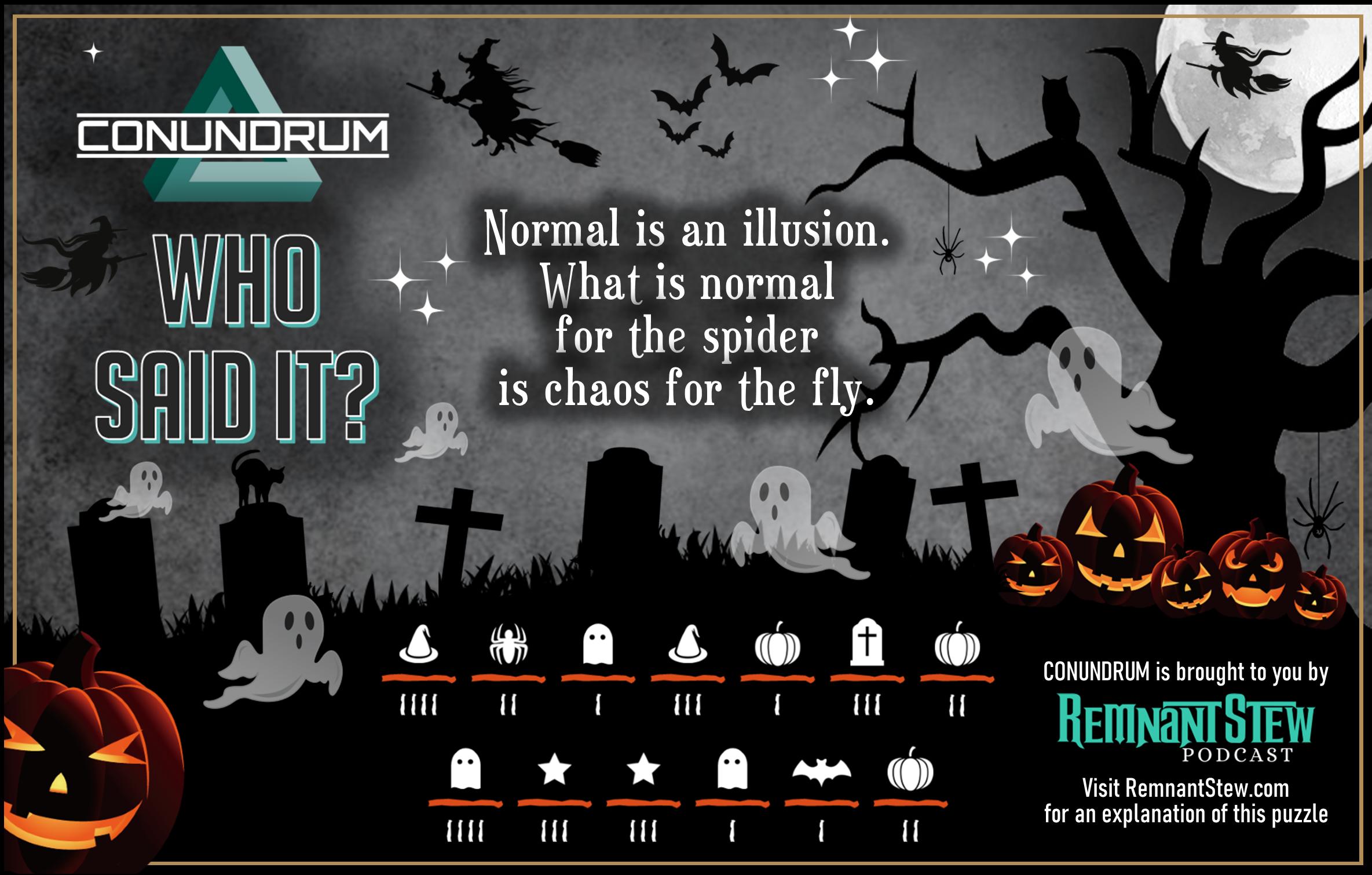












Galveston Island Oktoberfest
galvestonoktoberfest.com
Cleveland
Pumpkin Patch
First Methodist Church (281)592-0545
Cleveland
ZZ Tex with Stevie Ray’s Vault pwrtexantheatre.com
Huntsville
Trunk or Treat heartsmusuem.com
Huntsville
Scare on the Square huntsvillemainstreet.com
Huntsville

Haunted Trails huntsvilletx.gov
Montgomery
Oktoberfest & Auto Show
livingsaviortexas.org (936)597-8013


Nacogdoches
Tobaccodoches Cigar Festival facebook.com/events/1192233051451966
The Woodlands

Parker McCollum woodlandscenter.org
Cleveland
Trunk or Treat
First Methodist Church (281)592-0545
 by J.R.A.
by J.R.A.

Do not remember the iniquities of our forefathers against us; let your compassion come quickly to meet us. – Psalm 79:8

Don’t let your yesterday keep you from your today and your tomorrow. God has forgiven the mistakes we made in the past, and he has a bright future in store for us. Jesus died to save us from our own evildoings, and His compassion has fallen on us—while we were yet sinners.
In Christ, we don’t run—we stand.
In Christ, we don’t doubt—we trust.
In Christ, we don’t lead—we follow.
We don’t need to add anything to what Jesus has already made perfect.







